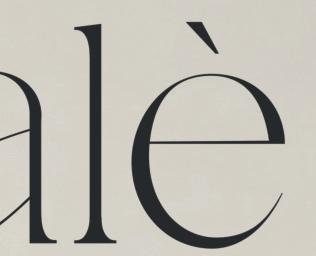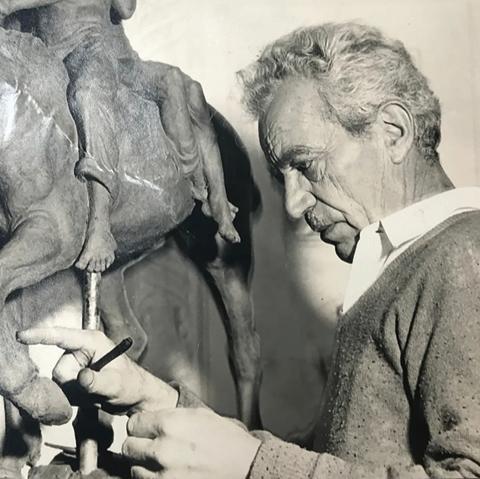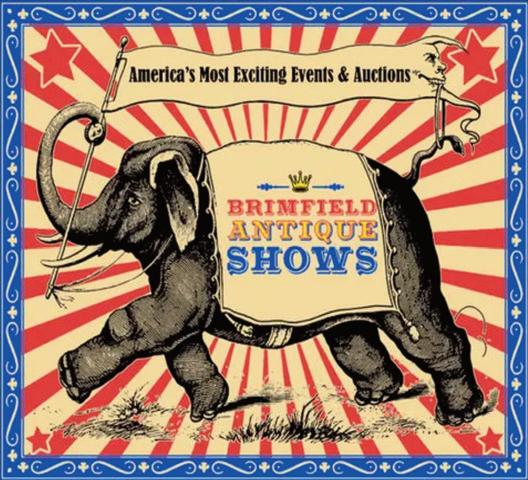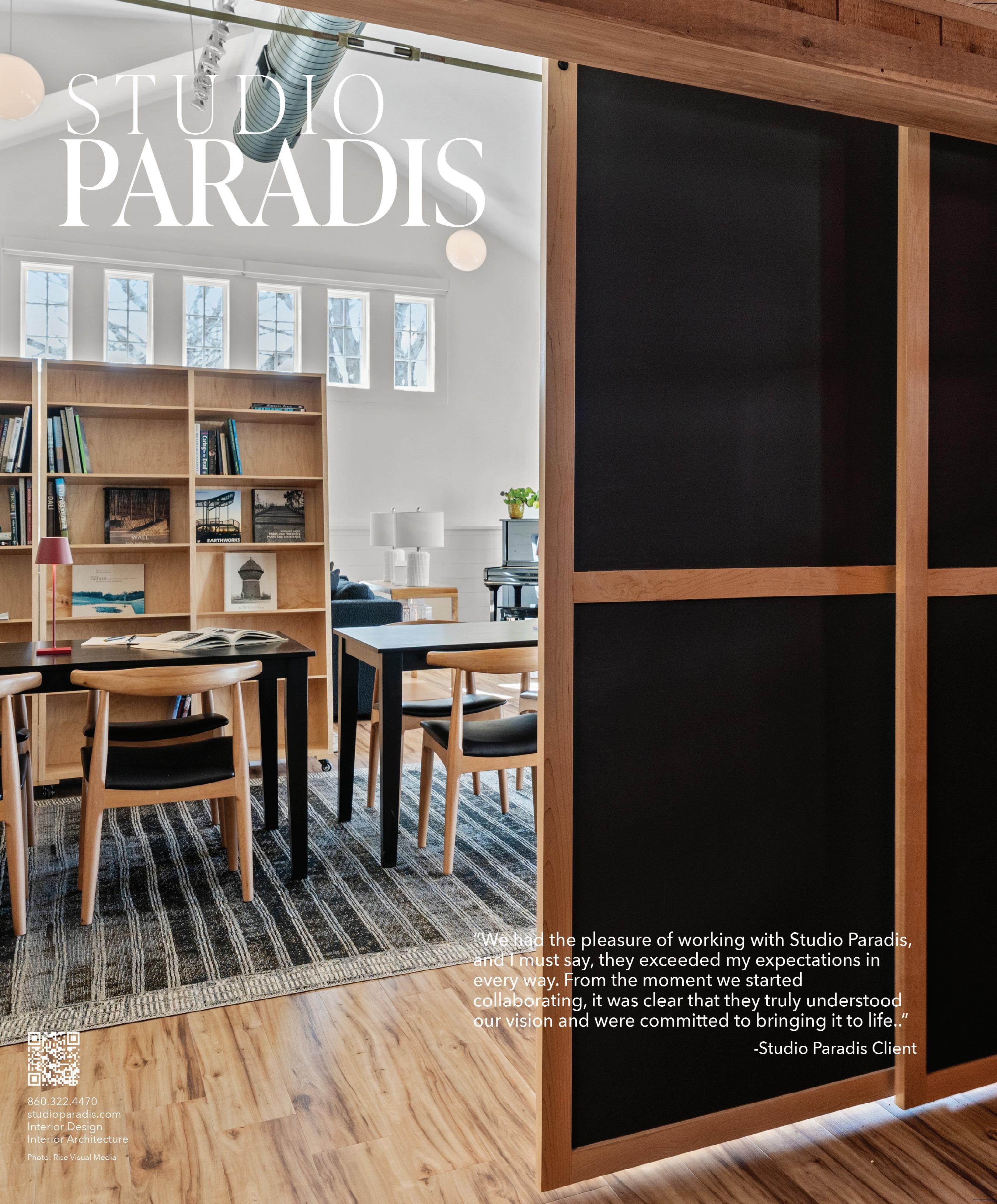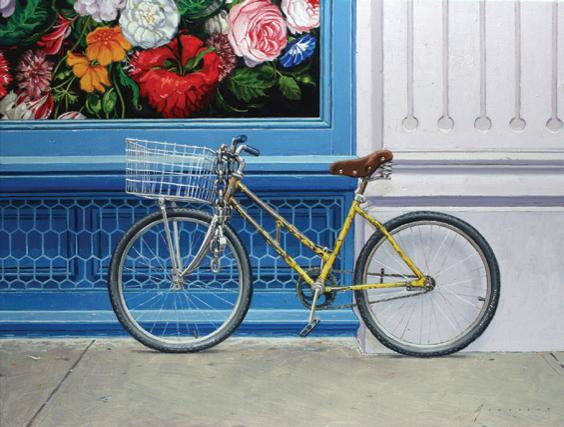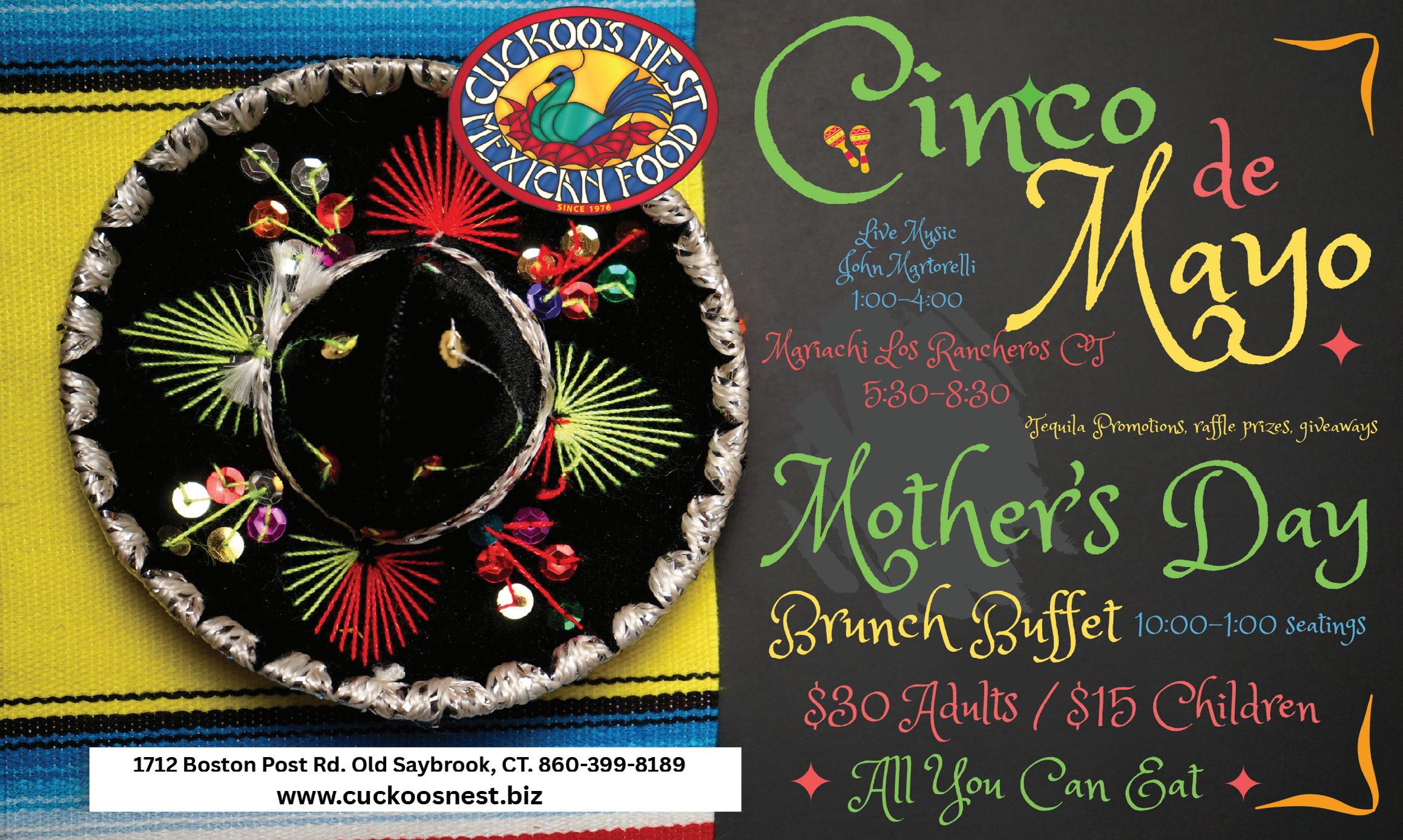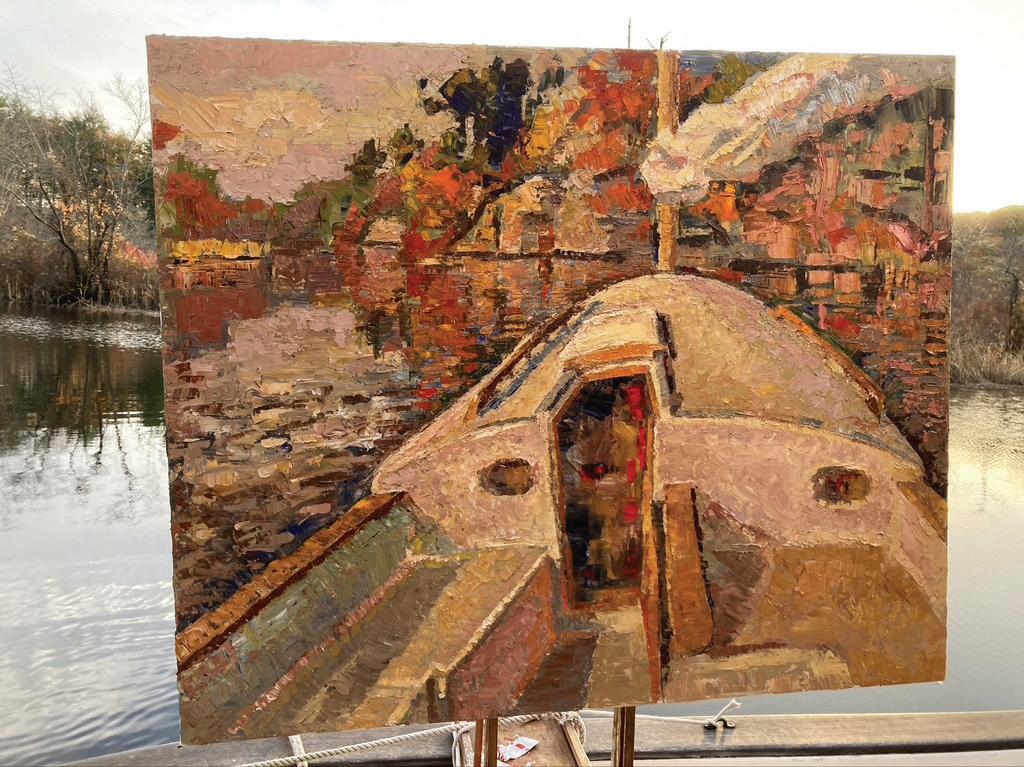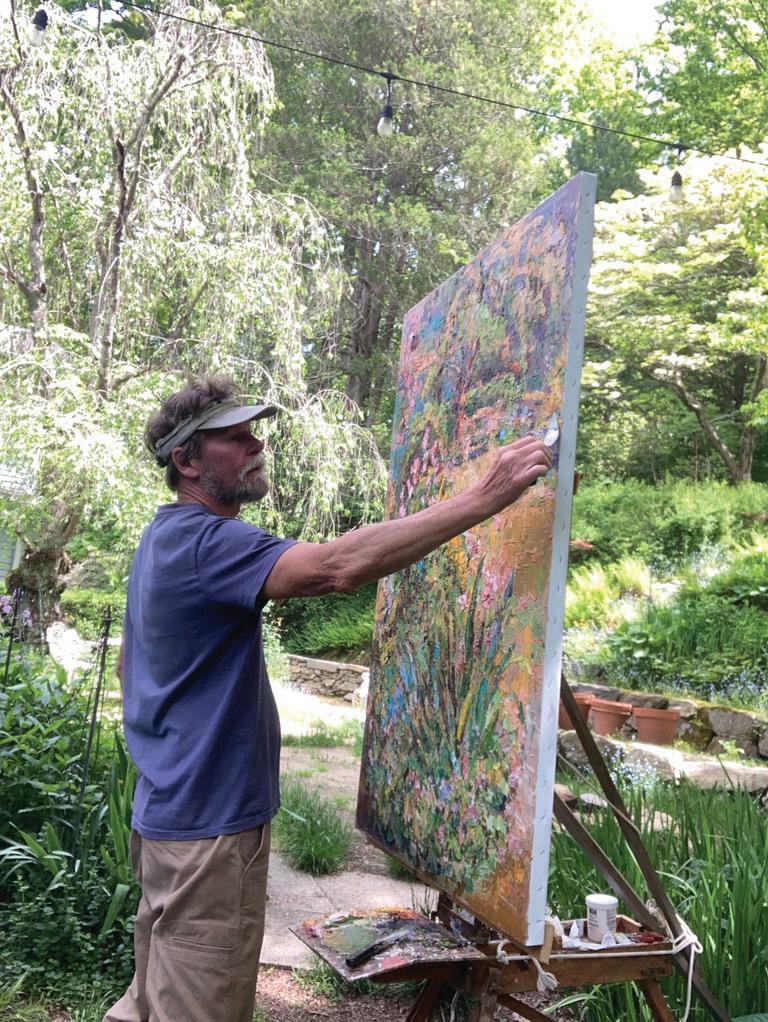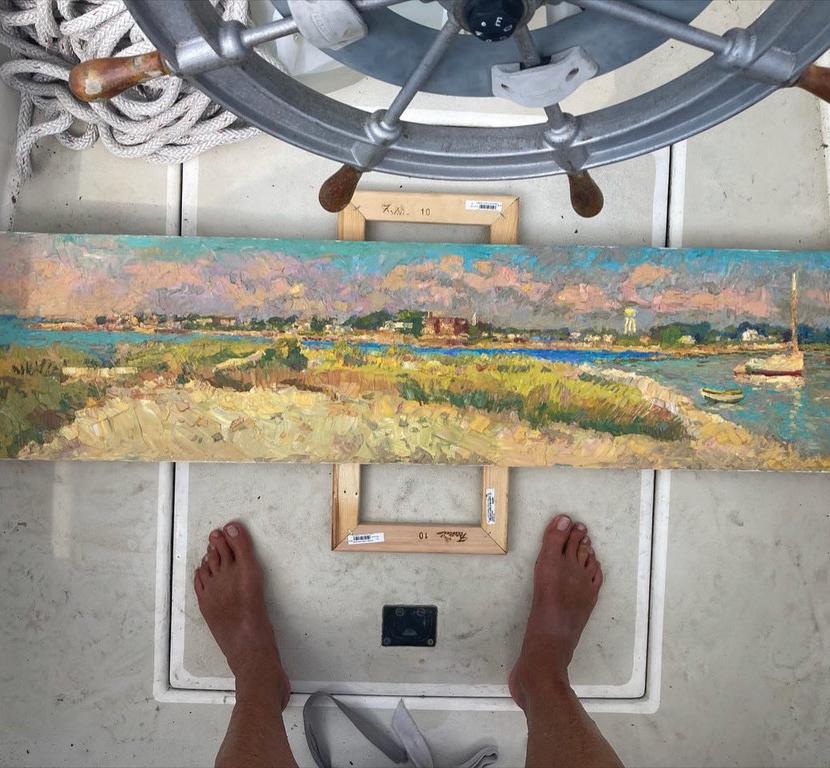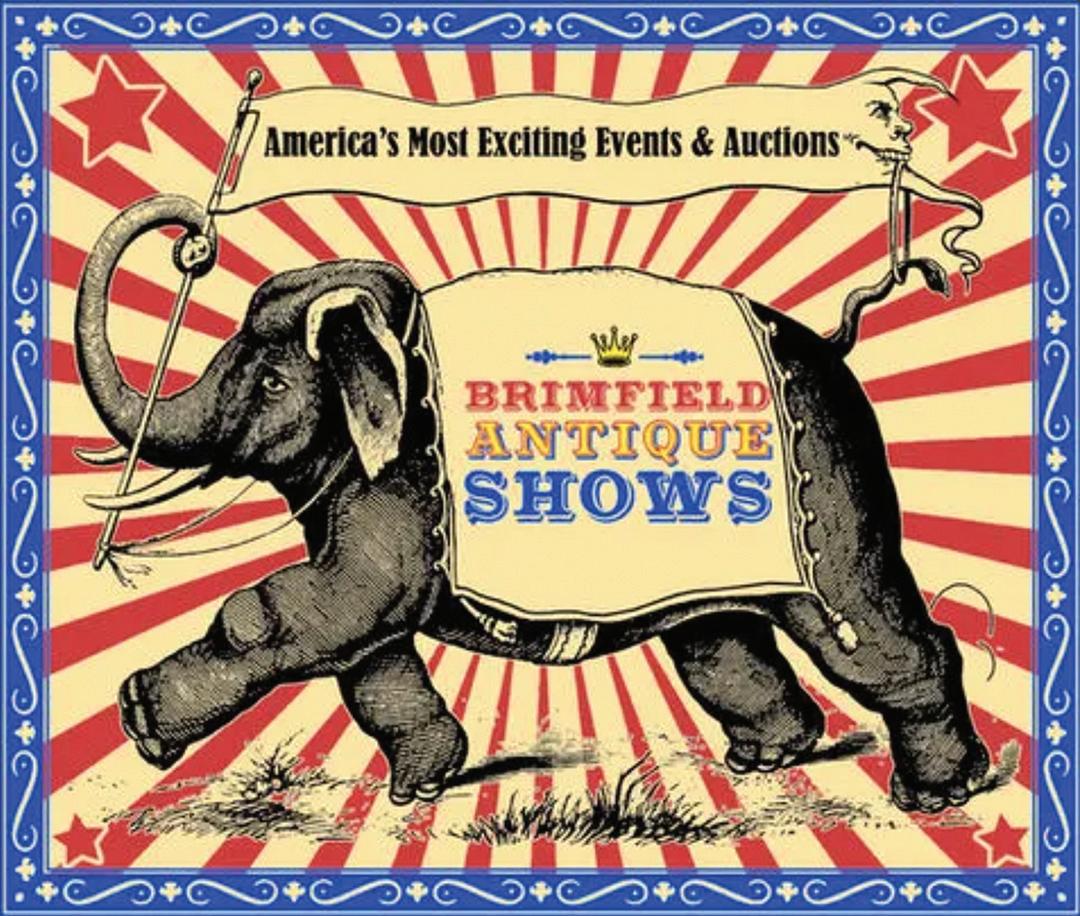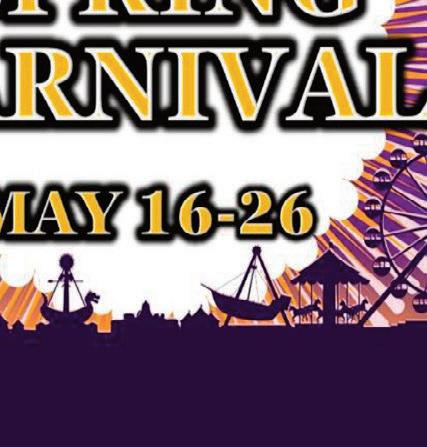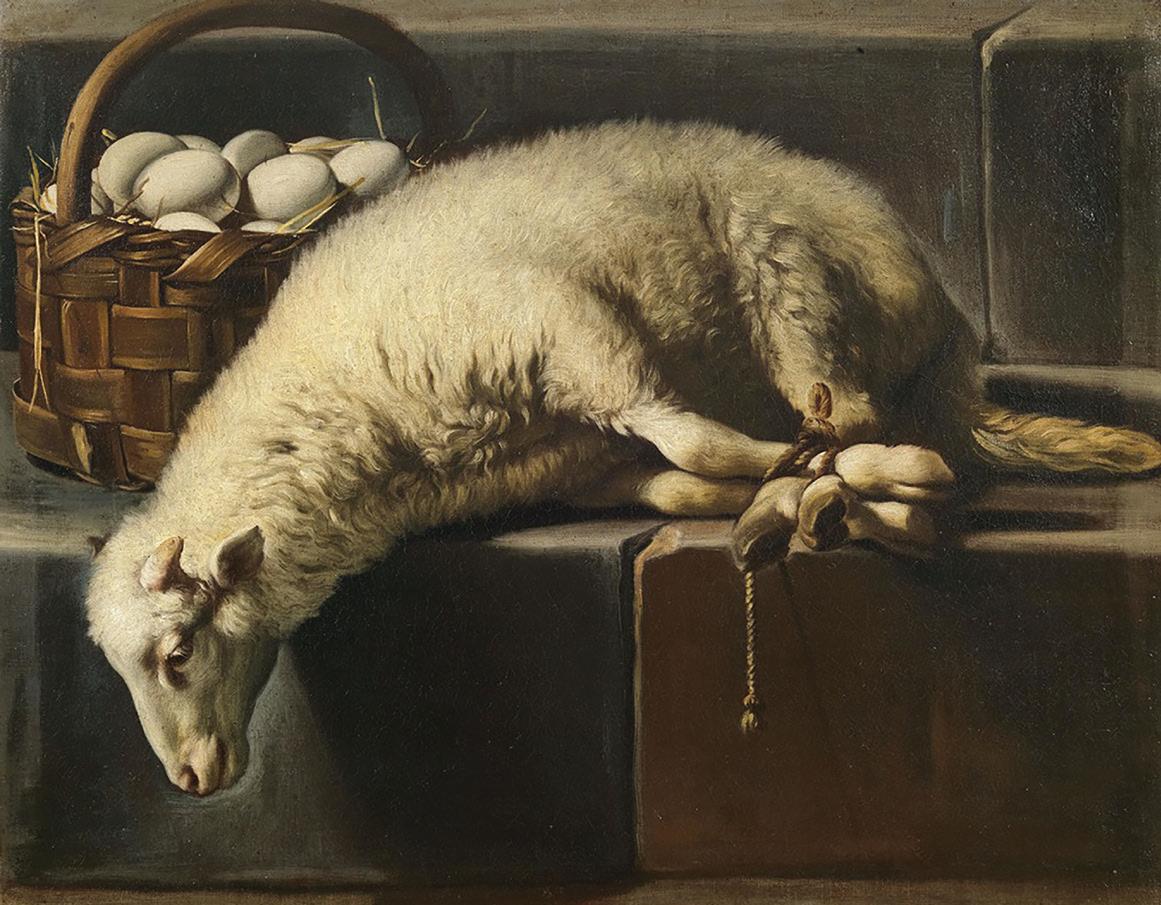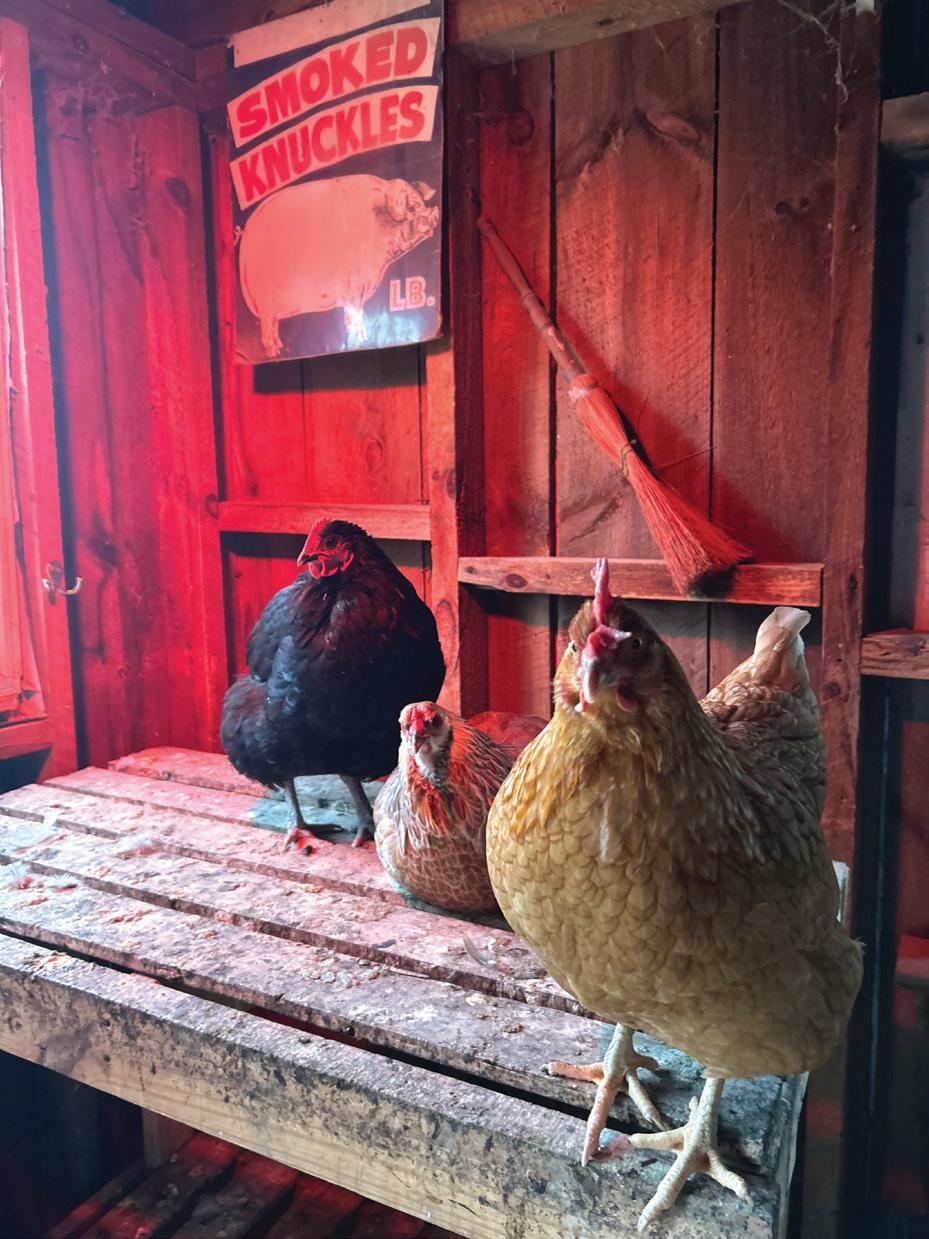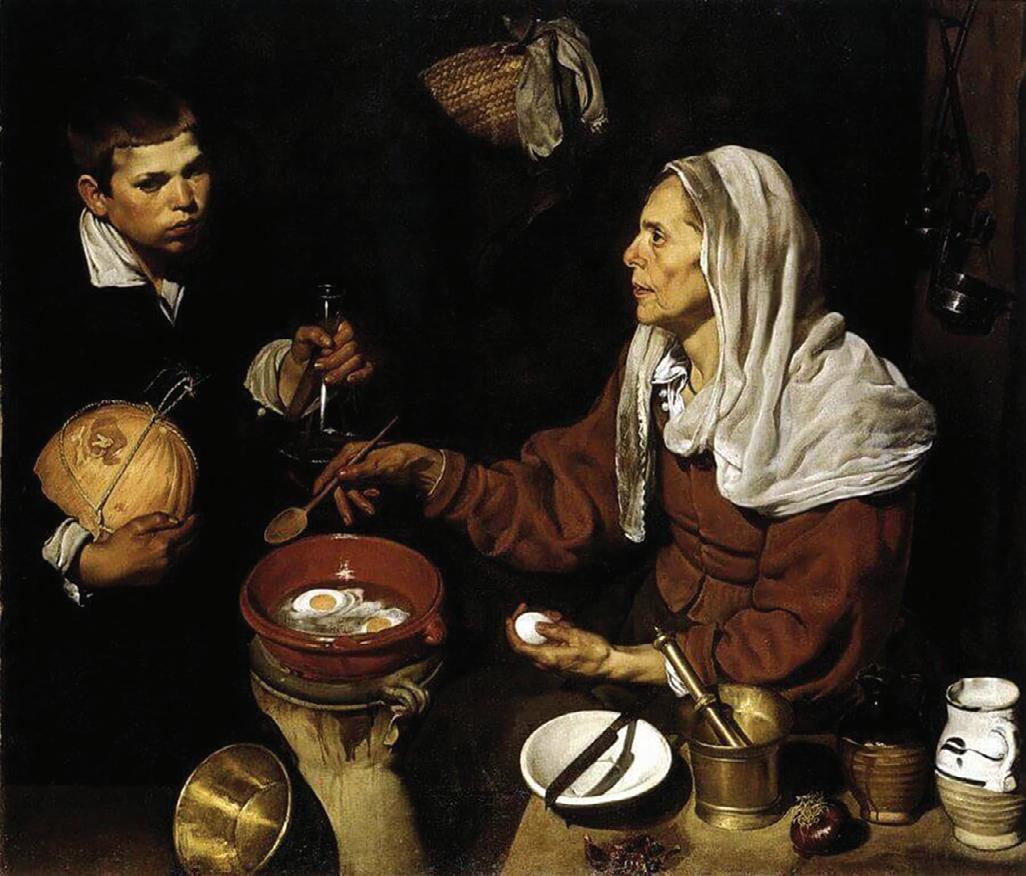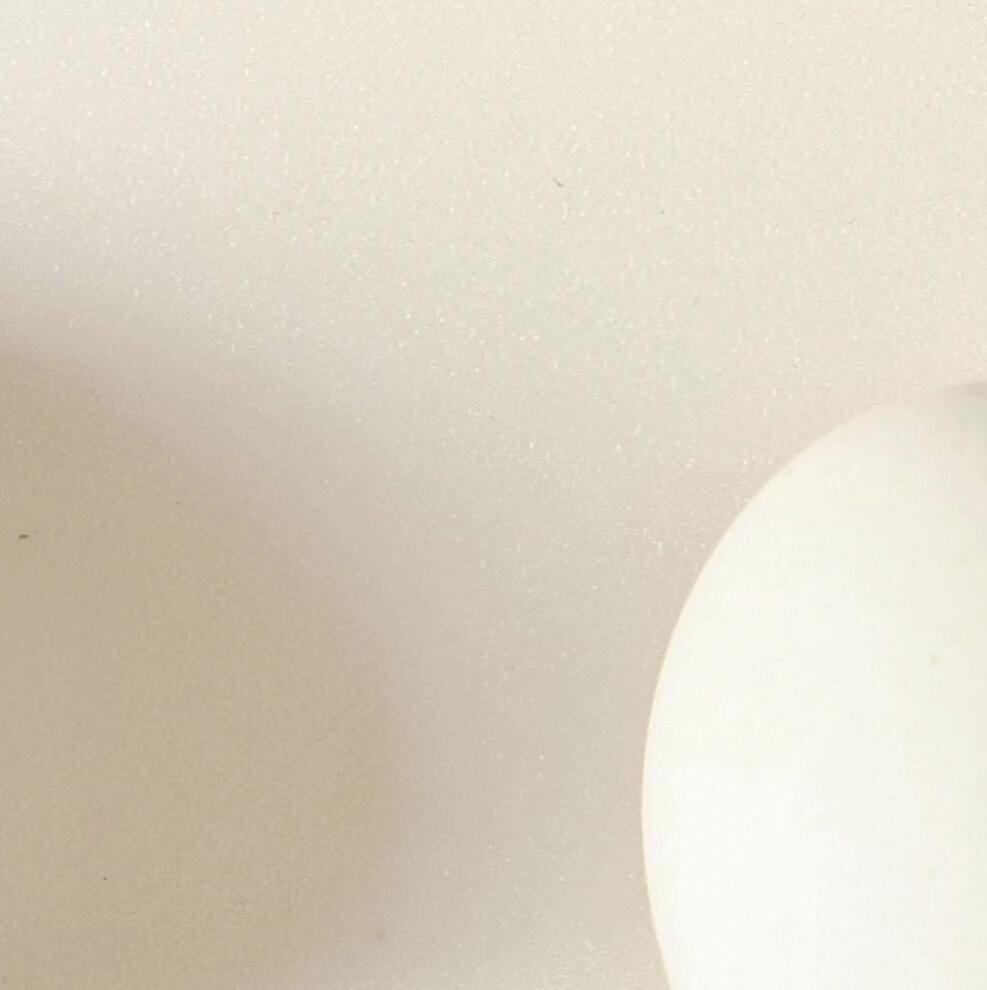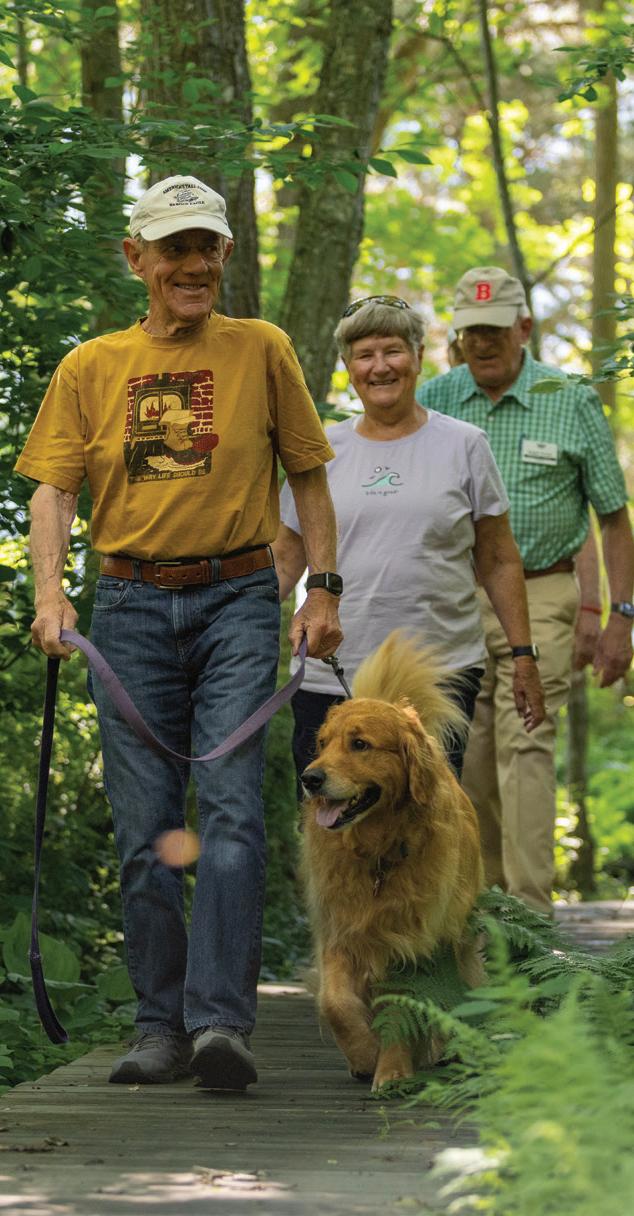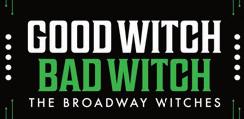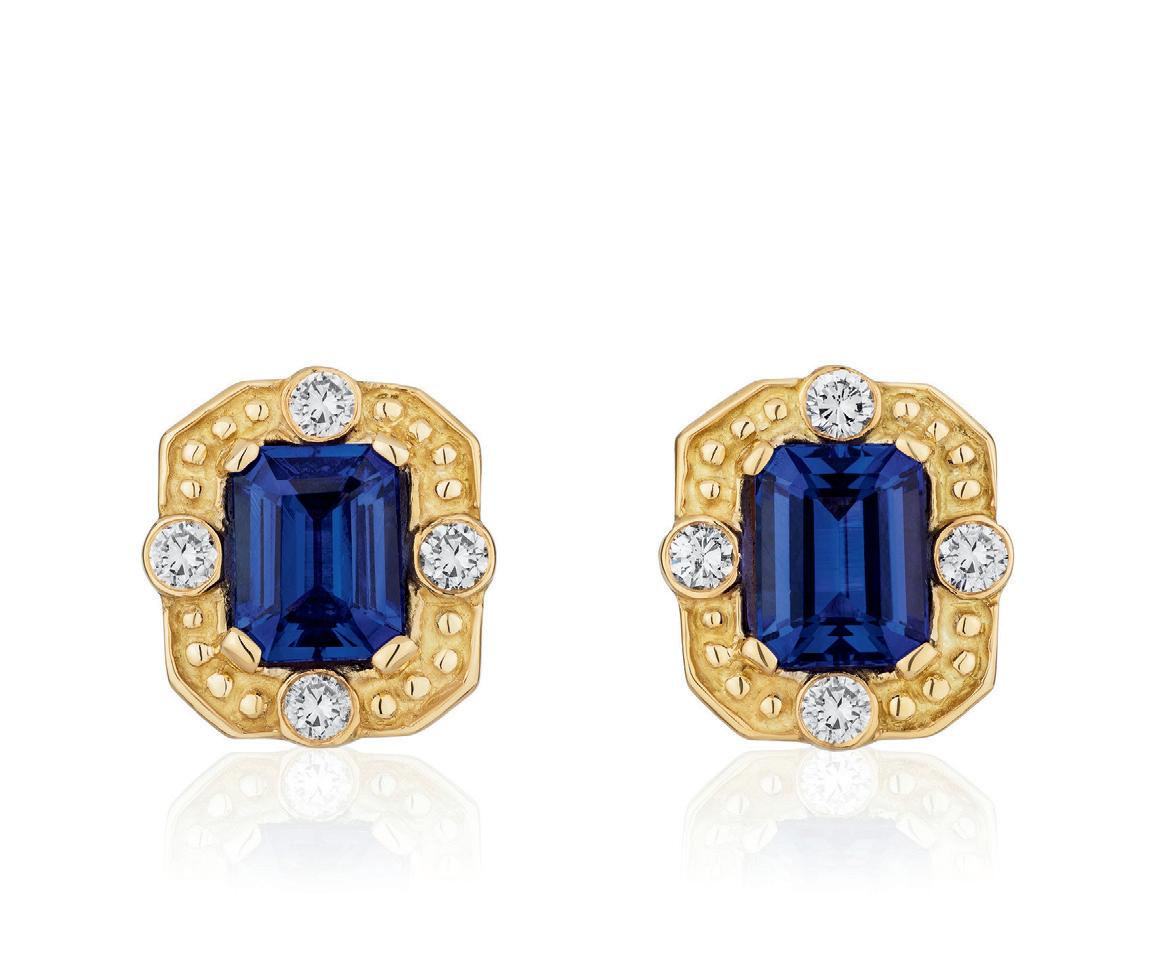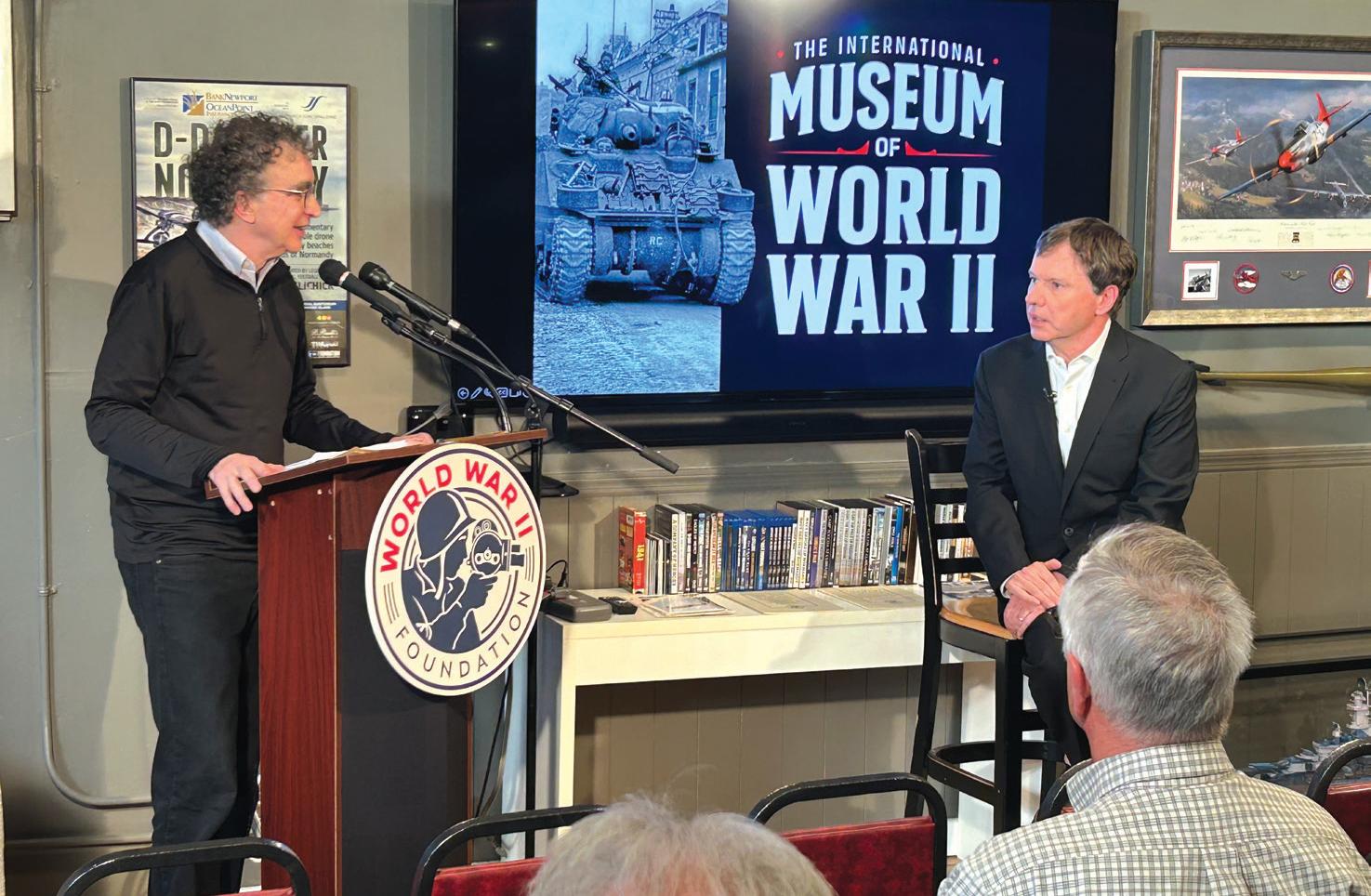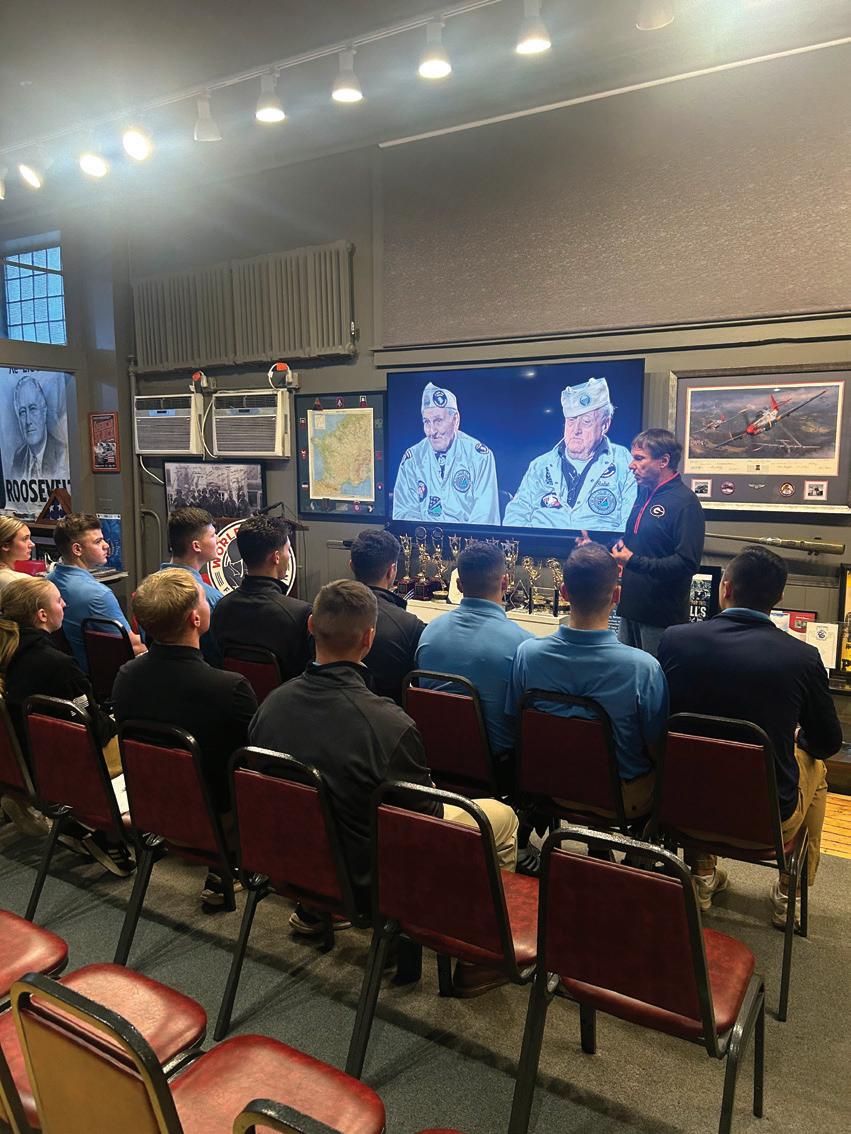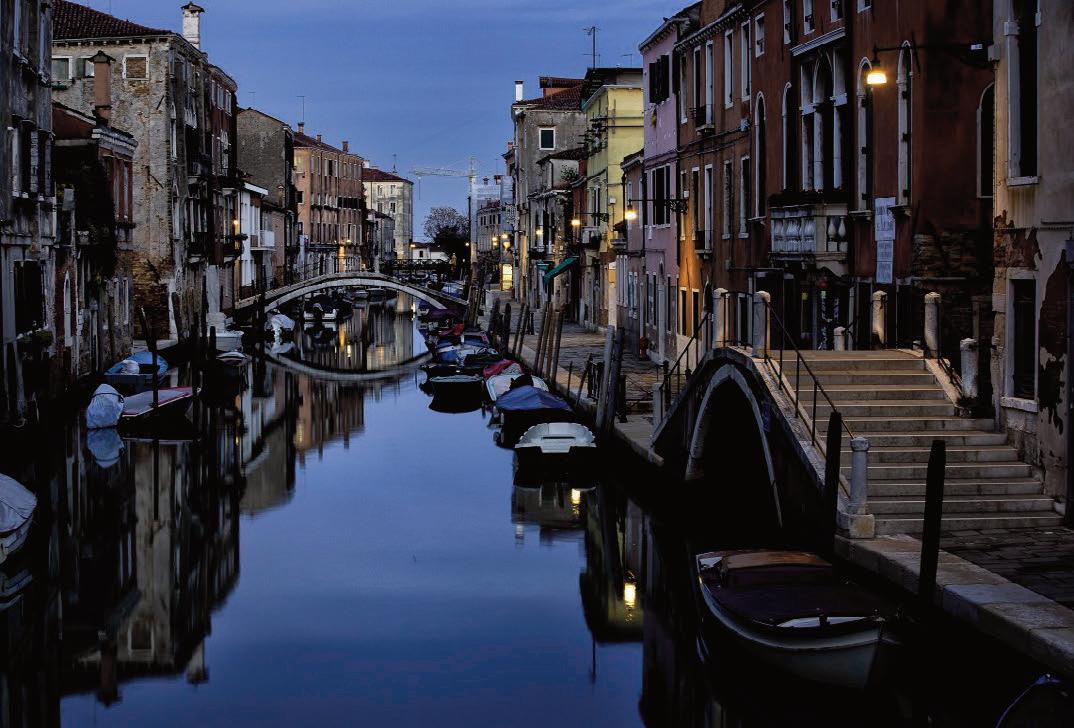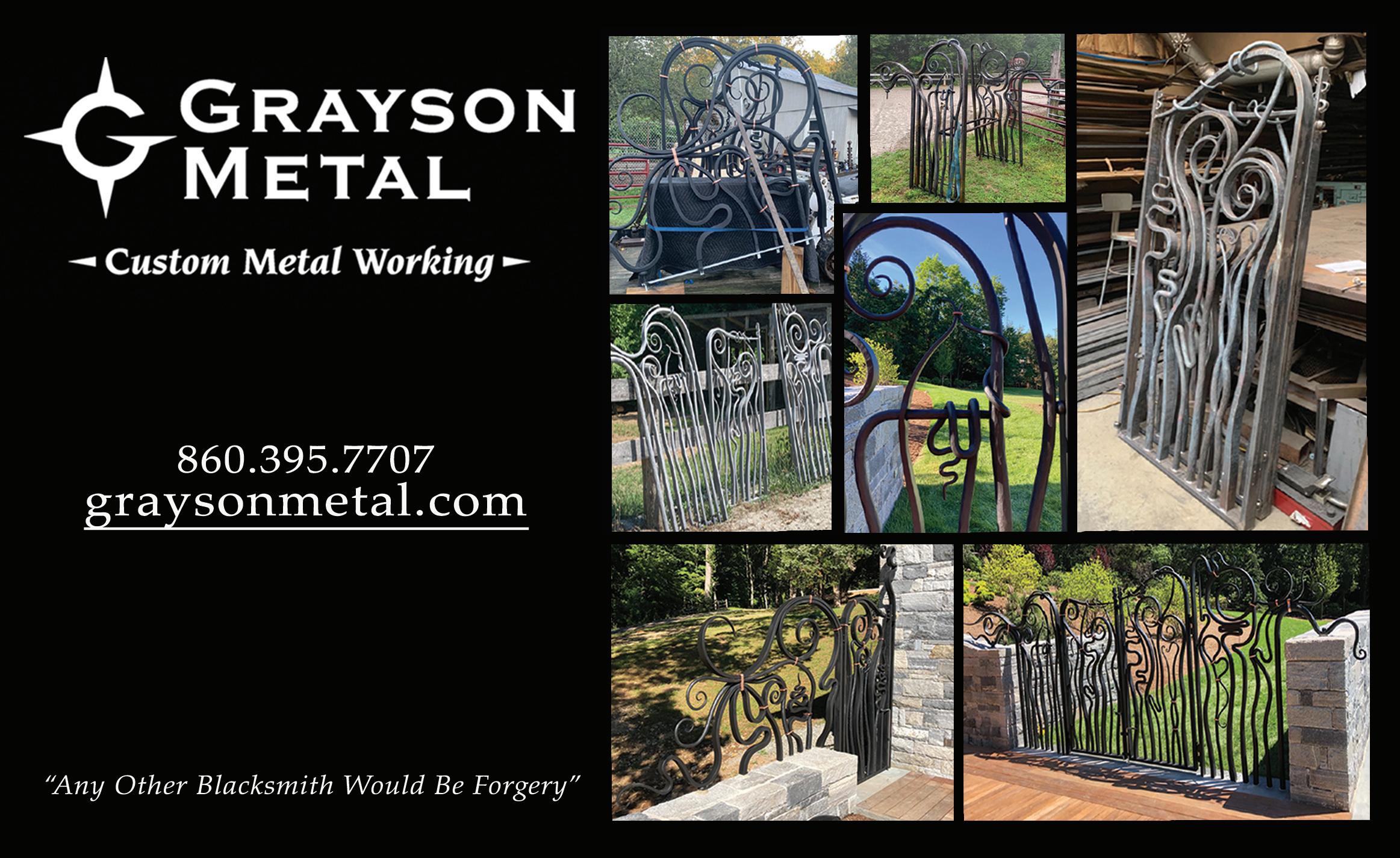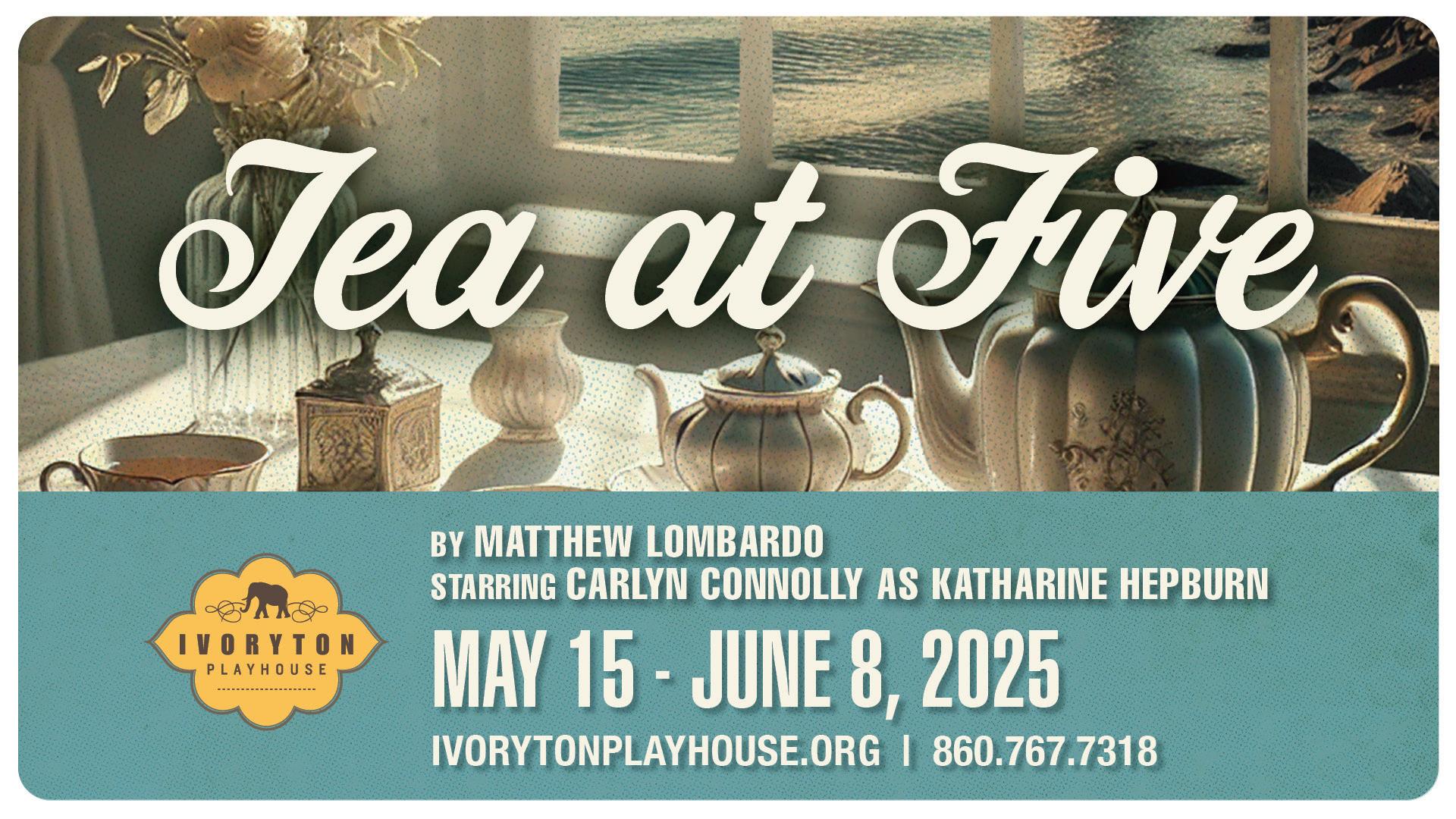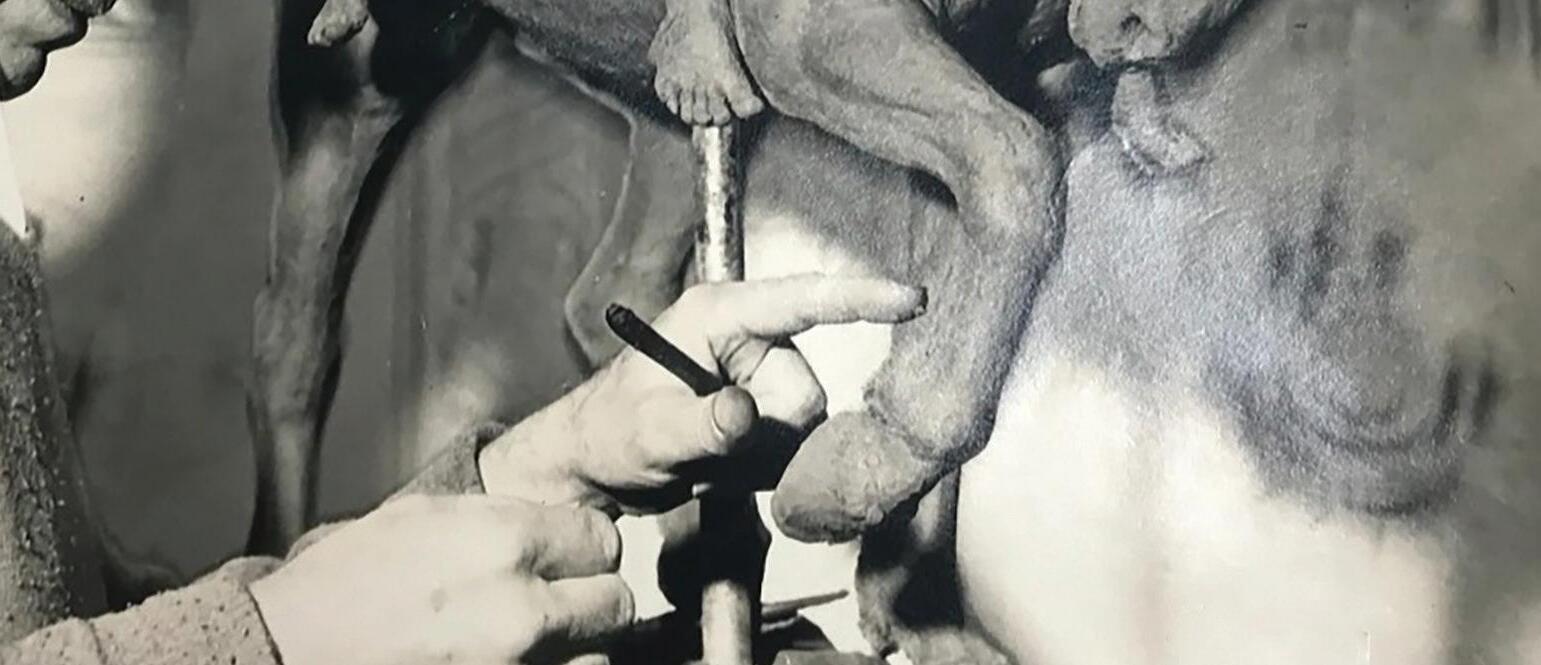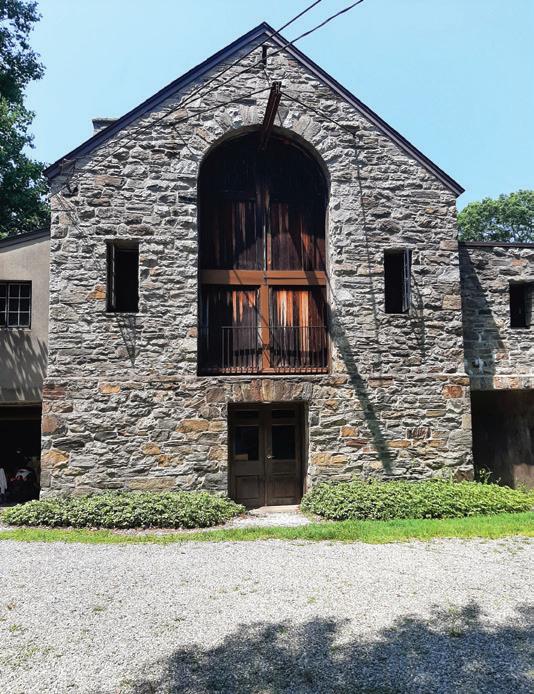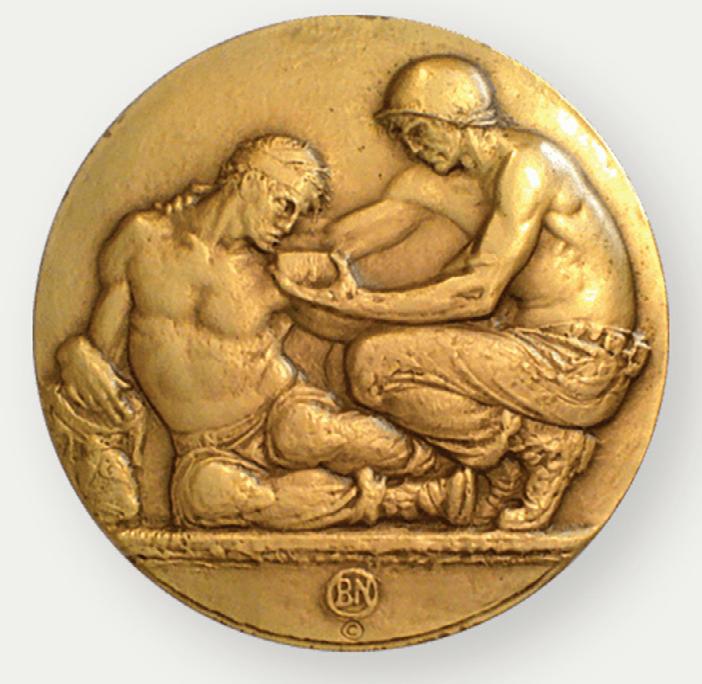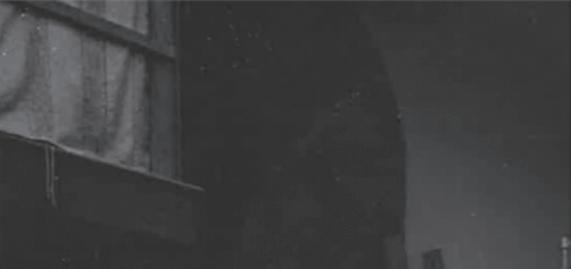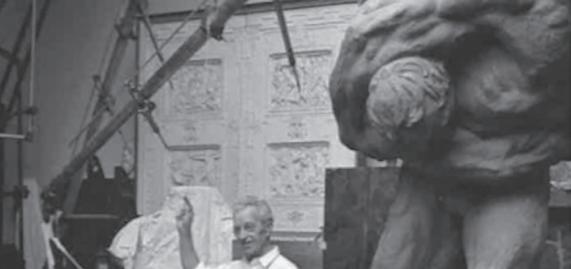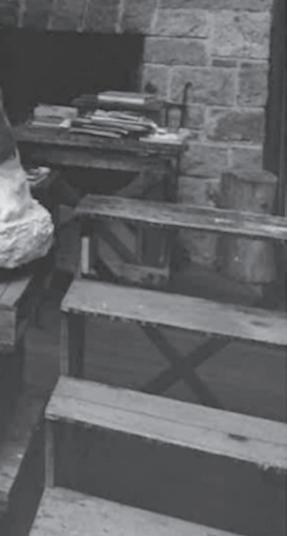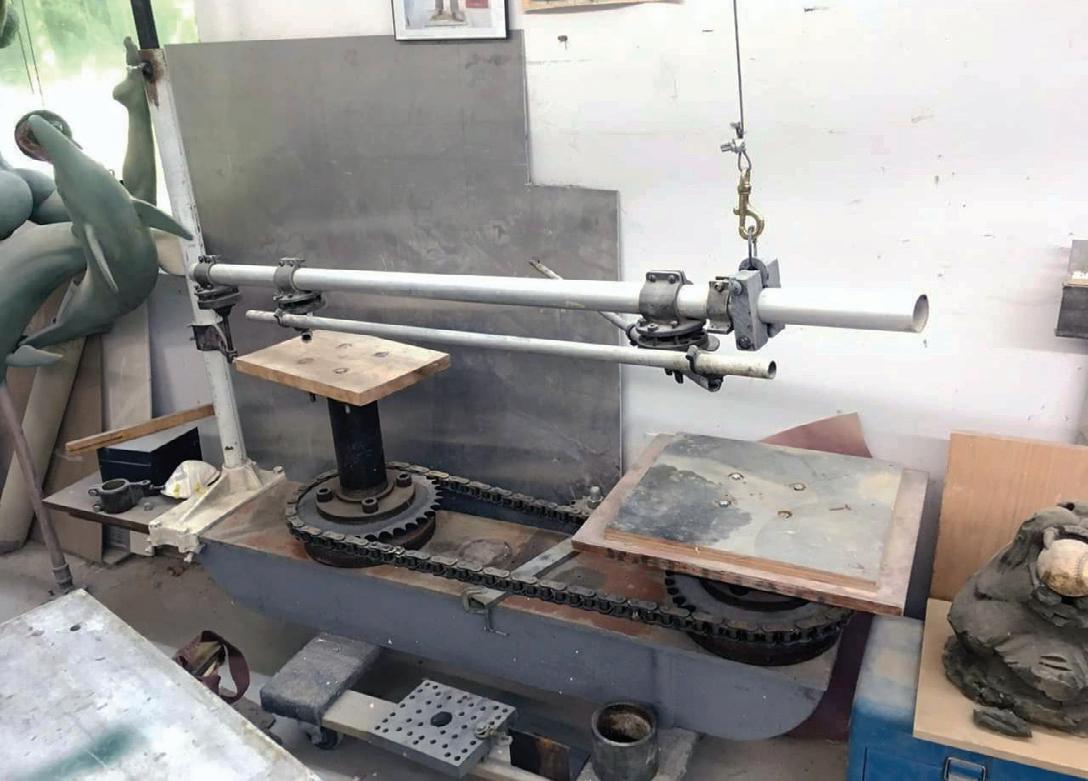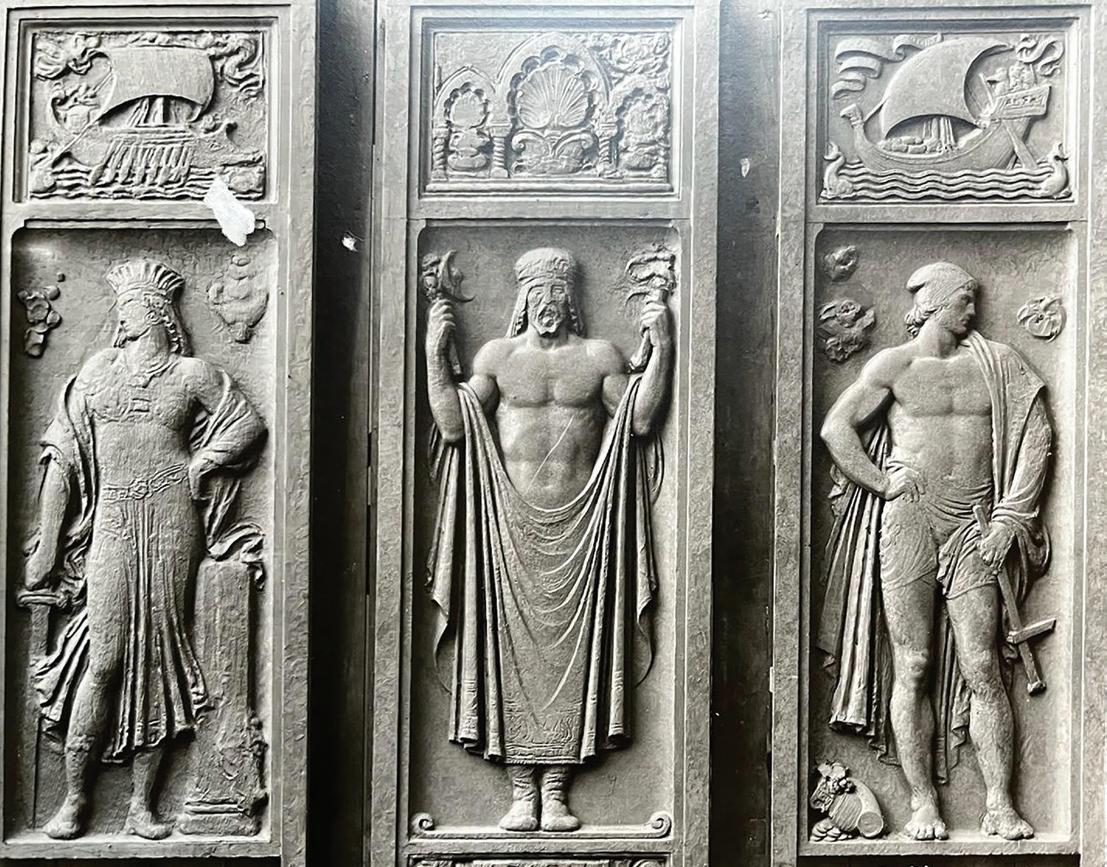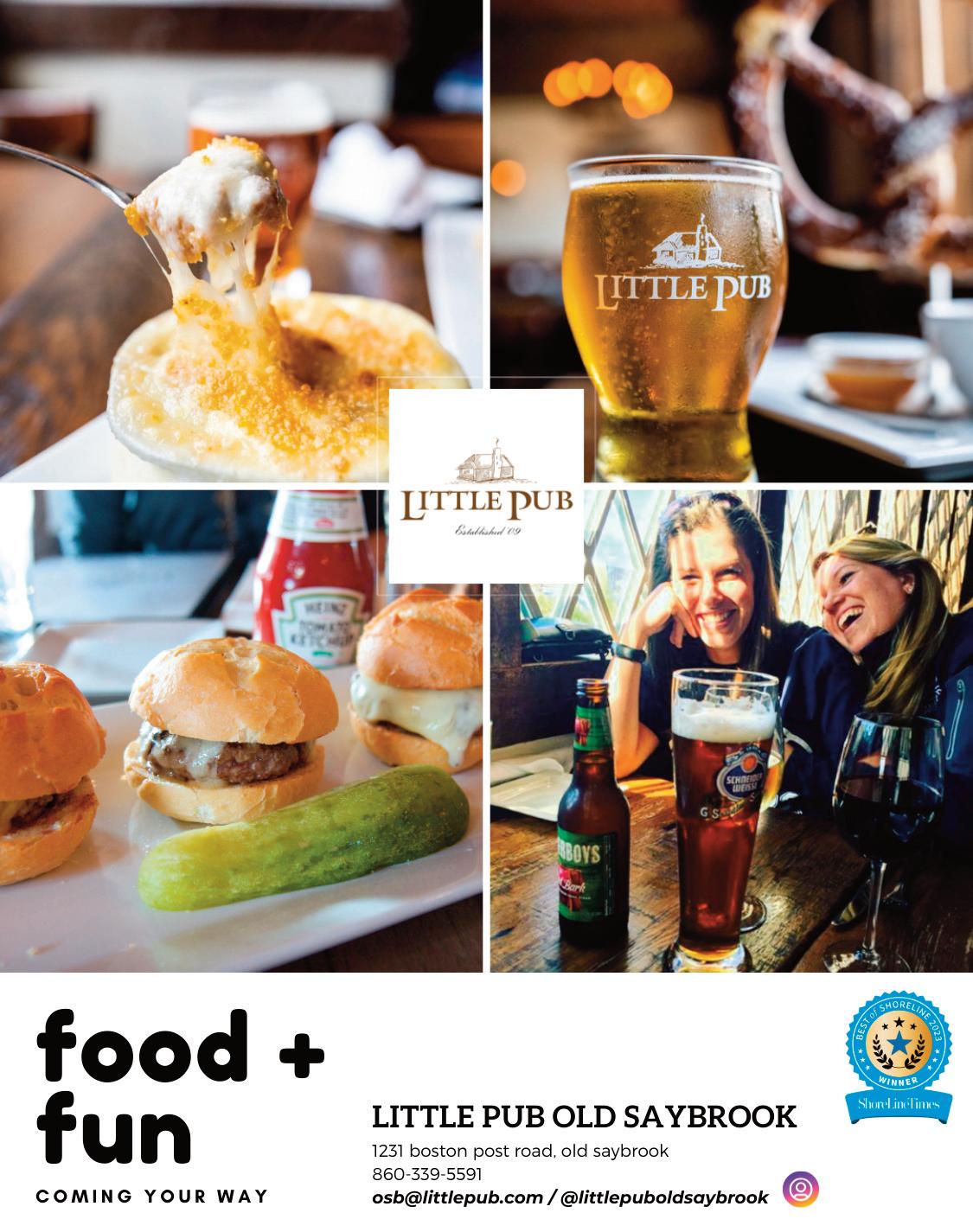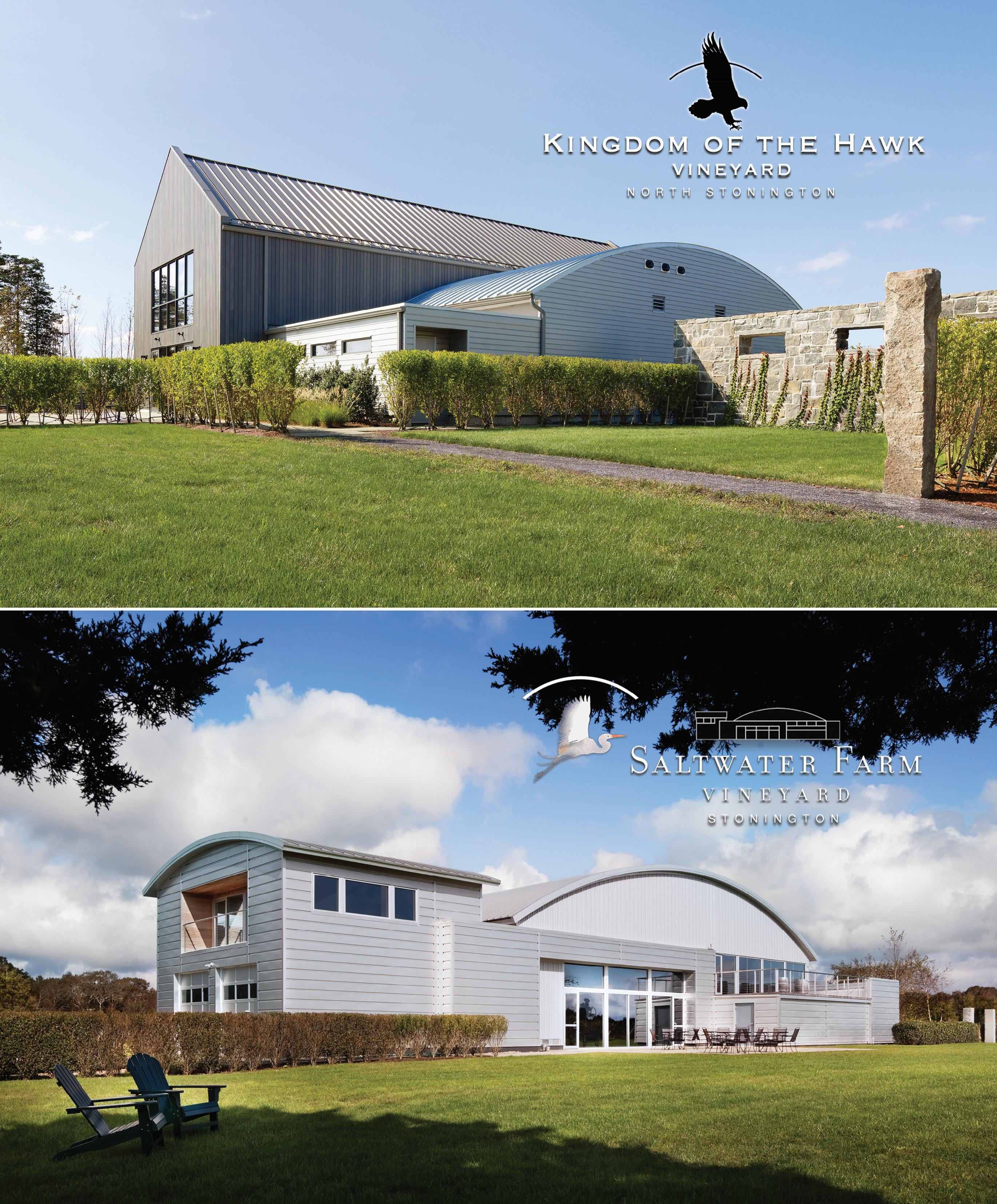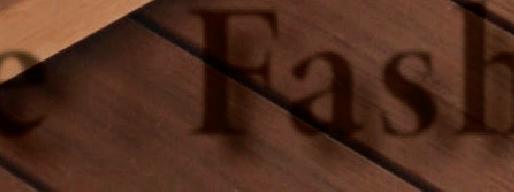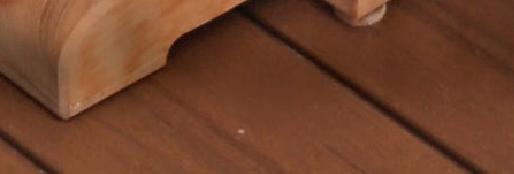alking with Leif Nilsson is a true joy as reflected in the artwork he creates. Leif started young. He quips, “I drew like everybody else did and I just didn’t stop.” His very active studio in Chester, Connecticut is filled with impressionistic oil paintings mainly of landscapes that reflect light, color, and joy. Regarding his art he says, “It is all about enjoying things.” He continues, “I notice how much people like my paintings because they make them feel good. That’s what it is. I’m bringing joy.” His main subject is the outdoors, and he paints his landscapes in the “plein-air”, a French term meaning the “outdoors,” rather than from photographs.


Nilsson describes influences in his art from Leonardo DaVinci early on, to impressionist painters and teachers at the Lyme Academy of Fine Arts. Collections from his family and the larger community in Old Lyme also influenced him. The Lyme Impressionists and the Barbizon School of Art were favorites, which were a group of painters who were housed at the Florence Griswold House before it evolved into a museum. Nilsson said, ‘I grew up knowing these paintings and being around them.” In seventh or
eighth grade the art teacher in Old Lyme, Mr. Dadalt lived at the Connecticut River Marina in Chester. He had photographic slides of old boats that were on stands that had big holes in them. Leif did his first serious paintings of those subjects and recalled how Mr. Dadalt positively influenced his art.
A friend of Nilsson’s fathers was the first to suggest he could be an artist for a career. Nilsson questioned how he could do that and was offered some ideas including commissions and showing his artwork in galleries. Nilsson got his first watercolor tubes from a man named Bill Steves who had an art shop and gallery in Old Lyme.
It was comforting for Nilsson to know that someone could make a living by being an artist, but he still wasn’t convinced would be his path and investigated carpentry and other means to make money. Nilsson has always been self-employed and has made his way from a young age with different jobs and eventually artwork as his means of making a living.
Nilsson had a life-altering cross-country trip in the seventies when he headed to California with the intention of setting up residency and going to a community college there. He wanted to study anthropology, practice making leather products and paint watercolors. All that changed in a chance encounter in the Black Hills of South Dakota, with an older native American Indian man who said to a group of young people that came to gather at a protest, “Go back to your ancestors and where you came from and study your own culture and then you’ll have a better appreciation of what we have here.” As a result, Nilsson made the decision to head back to the East Coast and his roots in Connecticut.
In the early days Nilsson would set up an easel in front of houses and knock on doors to sell his work. His primary subject for paintings is landscapes. As he says when people enter his studio, “These are my
paintings of our world.” Nilsson has work displayed at the Chester Historical Society’s permanent collection as well as a palette at The Florence Griswold Museum from a Christmas display. People from across the country and internationally display his artwork in their homes and businesses.
Nilsson built his career a little at a time. He owns the building where his studio is housed in Chester, which is called Leif Nilsson Spring Street Studio and Gallery, and has a dynamic setup there. When people asked, “How did you get here?” He said, “I walked. I slowly put it together.”
He started with the little studio next door. Nilsson still owns that studio where he plays music in the summer. Leif described the serendipitous path that led to his current life. In the early days, a lease was offered to Nilsson all paid up for about half a half. After a series of moves in and around Chester and Deep River, his current property became available in 1990, and Nilsson was then able to purchase it when it came up for sale in 1995. It had been built as The Chester Hotel in the 1830’s. With some renovations he brought a natural energy flow in and made it his current studio and living space.
Nilsson describes the best advice he received as an artist from Deane Keller, a renowned teacher at The Lyme Academy of Fine Arts in Old Lyme which he attended until 1986. He said, “Close one eye and squint the other.” Nilsson goes on to say, “That’s the hardest thing in art. It can be strenuous for some people but hold your hand over one eye and gaze out of the other eye. What that does is when you’re looking at an object with two eyes you’re
always trying to analyze something and make sense of what you see and you’re looking around the form. If you look, I see your hands are the size of your head, perfectly proportioned. And when you close one eye and squint the other and look at your hand it is two times as big as your face. You don’t see that with two eyes. Your mind is getting in the way. When you close one eye and squint the other, you see through your heart.” Nilsson continues to have connections with The Lyme Academy of Fine Arts that have lasted a lifetime.
In 2021 Nilsson bought his 24-foot cat boat with a cabin that is 11 feet wide. Getting a cat boat was a dream come true and taking it out to work has been a lifelong desire. Prior to that since 2004, he had gone out to places in the area in a motorboat. He goes out on his cat boat to create his paintings during the week and has his studio open

to the public on weekends for most of the year. He holds other events at his studio for First Fridays and arts and literary events and has a music concert series during the summer with plays performed as well such as A Midsummer Night’s Dream last summer. He drops the anchor as close to shore as he can then brings his dinghy to shore and paints with his easel at Selden’s Creek, Ram Island, Hamburg Cove, Black Point, Napa Tree in Watch Hill Harbor, Sandy Point in Stonington and more. Then on the weekends he works on his garden paintings. Nilsson is clearly proud of his paintings, and he likes to talk shop and describe the work he does and the stories behind the making of his paintings. When asked if he had a favorite painting, he directs my attention to Backyard Garden with a Well, which is on his gallery wall. At the same time, he says favorites vary. Features of his backyard are a cherry tree, a well, outdoor furniture and the surrounding landscape of which he has done hundreds of paintings. He says, “What I’m trying to capture is the feeling of the light coming down on objects that are interesting to look at.”
Instead of brushes, Nilsson uses a palette knife to do his painting work. He relates, “I got tired of washing brushes.” One day I said, “Why don’t I just use the knife.” He says his choice of oil paint to make his paintings is because of its fluid aspects and the ability to mix colors to use them. He
sells his paintings across the country directly from his studio as well as from his website which displays his work. Nilsson is prolific, sometimes doing more than one painting a day. Like Leif Nilsson, the atmosphere he surrounds himself in is pure joy!
Leif Nilsson Spring Street Studio and Gallery, LLC www.nilssonstudio.com
Open weekends noon - 5 pm.Other times by chance or appointment. 860-526-2077
One Spring Street Chester, Connecticut 06412
How
to Navigate Your Treasure Hunt: Brimfield Antique and Flea Market Survival Guide
by Craig Lessard
WithSpring around the corner, young people are thinking about love. The rest of us are ready to enjoy the great outdoors again. One of my top favorites on my things-to-do list is looking for new inventory for my store (CEL Fine Collectibles and Appraisers) at the first Brimfield Antique and Flea Market in Brimfield, Massachusetts.
I have been going to the shows for over 20 years both as a dealer and buyer, so I think I’m well qualified to give you a little advice. The Brimfield shows are always held in May, July, and September beginning May 13th-May 18th. They present a series of shows held in individual fields but not held at the same time; however, as one show begins, another may just be ending or overlap others. Don’t worry, there is plenty to see because there are thousands of dealers that you can visit.
The show is held in Brimfield Mass. down a length of Rt. 20 West. You will find anything from the finest antiques to pure junk, but there’s always something for everyone.
Weather: It’s wise to check the weather before picking the day to go as Brimfield is situated in a valley and can be unpredictable. As a dealer, I have seen windstorms that have blown party tents into the air like kites and torrential rain that can turn the fields into seas of mud. As part of your survival equipment, an umbrella is mandatory for your whole party.
What to Wear: Nothing is more entertaining than people-watching. It is just as much fun as looking for treasures. Let’s start with shoes. Ladies, leave your high heels at home. They won’t work in the mud or on gravel surfaces. A sensible pair of sneakers or walking shoes are a must. Your clothes need to be comfortable and layered since the mornings can be cool and later warn. Please don’t try to be fashionable. Leave the fancy duds at home, you are not going to a fine restaurant or party. You are going to be in dust, rain, and frequently hot sun. I carry a backpack to store my jacket if it gets too hot and I need to start shedding.
When Is the Best Month to Go? I personally prefer the May shows. The weather is getting warmer, but it’s not the horrible heat of July and September. When I was a dealer, I would watch people walking around like it was a zombie apocalypse during July and September shows. I also find the best selection of inventory in May as this is the first show of the season. If, however, you are looking for bargains, the September show is
for you. Dealers are looking for that last-minute sale, and they don’t want to have to put merchandise back on the truck. Dealers hate loading, so that is an advantage for you. Also, for the best deals, go on Sunday during September. These are the last of the shows, and you won’t even have to ask for a discount-they will offer you one first.
The Best Days to Go: I recommend going during the week, but Mondays are out, that is the setup day for the dealers. Tuesday-Thursday is best. If you go these days, it isn’t as crowded, and you won’t have to wait long for a porta-potty or a table in the food court.
Food: The food court offers the usual fair delicacies, anything from hamburgers to seafood. Don’t try to eat healthy at Brimfield, it doesn't work, just give in to the hand-cut French fries and enjoy the day. If you are going to the food court, be there by 11:30 so you can get a table. The food court is also one of the few places to sit as there is very little sitting at Brimfield.
Parking: If you wish to find a parking spot that isn’t a mile away, I recommend you get to Brimfield no later than 9:00 AM. Any later, and parking becomes inconvenient. Most of the fields will cost you $10.00 for parking. If you look for a field in the middle of the shows it will cut down on some of the walking. Be prepared for the fields...if it is raining, the fields turn into a sea of mud. So again, proper shoes are suggested.
How do I pay for my Treasures? Dealers don’t process charge cards, cell service is spotty at best, so charge card readers don’t always work. Cash is king for antique dealers. Bring cash, small bills are best. Dealers can’t always break a hundreddollar bill if you are purchasing a $10.00 item. If you do find yourself running short, there is an ATM in the food court which I have had to visit more than once.


Packing and Shipping: I find it a good idea to bring along bubble wrap and newspaper to protect my finds. I have actually broken things before I even got them home from the shows. For those of us who can’t easily get their purchases home, there is an onsite packing and shipping company that can take care of this for you. Be aware of what you are looking to buy. Have a plan in place if you are looking for large items. How are you going to get it home? You aren’t going to get that dining room set into that cute VW Beetle you drive. Some dealers will offer to deliver your purchase if it is on the way home and not out of their way. Usually, this is only in desperation to make a sale. So don’t count on it.
Porta-potty: Sorry, but the rumors are true. No bathrooms at Brimfield. If you must go, that's your only option. Just a fair warning, later in the week some of them tend to get a little “undesir-
able.” Most of the potties are in the back of the fields. There is nothing in the food court area. The better field owners now have attendants to keep the potties clean. These are the ones to seek. It is well worth a dollar in the tip jar.
Survival Equipment: For a more enjoyable experience, I once again recommend that you dress in layers with a light coat or sweater for the cooler mornings. I always wear a backpack with a folding umbrella and suggest you are accompanied by a thermos of your favorite beverage plus some snacks. For those of you who will venture to shows in warmer weather, make sure to have plenty of water. I also pack paper towels, hand sanitizer, and baby wipes.
To carry my treasures around I have a folding wagon which is well worth the $30.00. Nothing is more tiring than
carrying around a bulky item all day. In our wagon we also have that supply of bubble wrap and newspaper for those fragile finds.
Pets: Please don’t bring your pets. Leave your dogs, cats, hamsters, and goldfish at home. I see more dogs suffering in the heat especially if they are walking on gravel. If you are hot, chances they are just as hot and wishing they were home.
Porters: These guys make money helping you get your treasures to your car. They are usually walking along the main stretch with a cart or hand truck and a tee shirt that advertises it. Believe me, they are worth the money and a tip. One year we brought an industrial cart that weighed a couple hundred pounds. I would never have gotten it into the van without a porter.
I hope this helps my fellow antique hunters be a little better prepared for Brimfield to make it a more enjoyable experience. Happy hunting, and see you there!
Craig (CEL Fine Collectibles and Appraisers)
Profile and Photographs By Carolina Márquez -Sterling
ecently, eggs have been in the news due to signifi cant price increases. I read that in New York City, a carton of eggs was priced at around $21.00, and bodegas were selling them individually, referring to them as “Lucy’s.” This situation made me reflect on the role of eggs in our lives. They are ubiquitous in nearly every home and have culinary versatility. Whether boiled, fried, scrambled, stuffed, or combined into more complex dishes like souffl es, quiches, frittatas, custards, or meringue eggs provide fl exibility.










































































I have trekked about 10 miles to buy eggs from a farmer. Deep down a country road, we find this humble farmer selling eggs. It poses a particular peril and adventure in winter, but I still have to get those eggs. Are the eggs worth the trek? In unison, my husband and I say, “Yes, no doubt about it.” There is a vast difference in taste and strength. I’ve had people tell me they don’t taste it. And others that won’t cook specific baking recipes with farm eggs cause they alter the fl avor of that dish. However, it goes beyond the fl avor. It is the physical essence that often intrigues my imagination.
When I get home and put the eggs in the fridge so that I may return the carton to farmer Fred for follow-up use, I am often captivated by their beauty and the remarkable life they represent. Each egg, holds within its tough, calcified oval shell, embodies the potential for miraculous life.











































































Like many people, I didn’t grow up on a farm, so my egg knowledge was acquired from a biology class years ago. Those with farm experience tend to have a more nuanced understanding of eggs. However, most Americans lost this knowledge during the agrarian-to-industrial age shift. The abundant majority have a basic understanding of birds’ eggs. The first is the humble hen’s egg, found whole, brown or white, in its different kinds of cartons or the kitchen bowl, as a vibrant yellow yolk suspended within its clear white. The second derives from the dazzling blue-colored eggs of a Robin found ruptured on the ground after a storm. While differing, these distinctive images remind us of the beauty and variety in nature, urging us to appreciate the extraordinary in the ordinary.
Daily Egg Collection, Hass Homestead, Morganton NC
American Robin Nest
Chicken eggs have played a significant role throughout human history, and we hardly give them a second thought. For many generations, people have been aware of and valued eggs. In India, jungle fowl, as early as 3200 BC, was domesticated. Archeologists have evidence that egg consumption dates back to the Neolithic era, and sources from China and Egypt indicate that chickens were domesticated and laying eggs for human consumption circa 1400 BC. Columbus introduced the first domesticated birds to North America on his second voyage in 1493. It appears throughout history that eggs have been a good source of protein and vitamins, making them a staple in diets worldwide. Farmer Fred continues the traditional discipline of raising chickens and cultivating eggs for consumption.
Because of the eggs we buy from supermarkets, we see only a fraction of the biological miracle that eggs are. Farmer Fred has a pulse on some of these secrets. Sometimes, I get to the farm, and there
are no eggs. He laments that they don’t like the cold weather or, conversely, humid weather. On another occasion, he told me his best layers were on strike because he had introduced new younger hens to the brood. And yet, on another, he sadly reported being short because a fox had gotten into the hen house, and the hens he had to replace were not ready for prime time, laying only pullets. While disappointed not to have the dozen I so desperately craved, I was fascinated by the hens’ behavior and Fred’s intriguing occupation. Fred’s insights into the lives of his hens and the challenges of farming have given me a deeper understanding of the eggs that end up on my plate. They truly are an everyday miracle, shaped by spirit and governed by nature.
Farmer Fred’s Eggs
Quail Eggs
Guillemot eggs.
Creative thinkers and artists take the humble egg to have a more significant meaning. The tale of Humpty Dumpty is often associated with an egg. Still, it originated from a cannon named Humpty Dumpty used during the English Civil War. Writers like Mother Goose and Lewis Carroll continued popularizing the tale. Ultimately, the story serves as a metaphor for caution. Some things in life are so fragile that they can never return to their original self when broken. Then there is the irrepressible Horton Hatches the Egg by Dr. Suess, an all-time favorite, left to incubate lazy Mayzie’s egg. She flies south to West Palm Beach, never to return. After some hardship for Horton, the egg hatches, revealing an avian pachyderm, blending Hortons and Mayzies features. The story’s moral is that Horton recognizes the egg’s vulnerability and takes responsibility by keeping his promise, ironically making him the “Good Egg.”


Due to its mystifying nature, the “Egg” infl uences our stories and Art. They have become integral to our language, symbolizing fragility, potential, and new life. Our terminology is fi lled with references to the egg, starting with the existential conundrum of which came fi rst: the chicken or the egg. My bet is on the egg, but who knows?
Phrases like “good egg” and “cracking under pressure” reveal the egg’s lasting influence on our idioms. Its blend of vulnerability and potential makes it a powerful metaphor, reflected in expressions such as “walking on eggshells” or “don’t put all your eggs in one basket.” The comparison between eggs and people continues in sayings like “a wild goose will never lay a tame egg” or “one egg short of a dozen.” This vernacular highlights how the egg’s intrinsic qualities have shaped our speech.
Lastly, Art, A Lamb and Eggs by Giovanni Battista Recco is an allegory of Easter, with the lamb representing purity and sacrifice and the eggs representing fertility and renewal. In Salvador Dali’s Geopoliticus Child Watching the Birth of the New Man, a man is shown cracking out of an egg. This new man represents the emergence of North American power. Dali’s reaction coincided during and after the end of WW2. The painting is a fitting illustration of the idiom “You can’t make an omelet without breaking some eggs,” implying that achieving something of value often involves overcoming challenges. Vel ázquez’s Old Women Cooking Eggs contrasts youth and age, hinting at the fragility and strength of life. The egg symbolizes the fl uidity of nature and prompts refl ection on the fl eeting nature of existence.
However, questions remain: How much do we know? How are eggs constructed, or what do the different parts do? How do you make an egg strong enough to have a parent incubate it but soft enough to allow the chick to break through? Or what will enable it to breathe but not let in germs that could kill its infant life? What about the colors?
Illustration by Milo Winter from “Alice’s Adventures in Wonderland and Through the Looking-Glass and What Alice Found There”
Horton Hatches the Egg Dr.Seuss 1940 First Edition Second Printing
The interesting aspect of egg color reflects various processes and chemicals at play depending on the breed or kind of bird.. The South American Araucanian Chicken exhibits a beautiful blue, while the Copper Maran delivers Browns. All eggs have a protective membrane known as the “bloom,” which also adjusts the egg color. By cross-breeding, different genetic traits create a kaleidoscope of colors, including white, tan, dark brown, speckled, blue, green, olive, and every shade in between!
Farmer Fred’s eggs are always light brown. These are the best after sampling eggs from a 10—to 20-mile radius of my house. The shells are the toughest, and the yolks are a vibrant cadmium yellow. When I tell farmer Fred, he is casually puzzled. Maybe it’s the water?! Another branch of egg study focuses on shape.
Eggs by Giovanni Battista Recco 1615 - 1665 Wikipedia
Velázquez’s Old Women Cooking Egg, 1618
Julie and Bob Spoerl’s Girls Photo Courtesy of Julie Spoerl
Consider the shape of guillemot eggs. Guillemots are a breed of seabirds that lay a single pear-shaped egg precariously on a cliff edge in dense breeding colonies. Why? One theory suggests that the shape keeps them from miraculously rolling off the cliffs. The intriguing and mysterious characteristics of eggs never cease to spark my imagination. Waiting to be revealed, each one holds a distinct story.
I have only touched on a small aspect of nature’s egg culture. I am referring to the eggs of turtles, alligators, and fish. While a chicken lays one egg daily, a songbird can lay four or five eggs simultaneously in a season. Turtles and alligators can lay 30 to 100 eggs, depending on the breed, and fish release hundreds to millions. Coincidently, these, too, are regarded as delicacies in various cuisines worldwide, showcasing small yet distinctive gastronomic treasures.
“I think that if required, on pain of death, to name instantly the most perfect thing in the universe, I should risk my fate on a bird’s egg.”
Attributed to several people: Tim Birkhead, author of The Most Perfect Thing: Inside and Outside an Egg; Thomas Wentworth Higginson, an American minister, author, abolitionist, politician, and mentor to Emily Dickinson; and Dickinson herself. I believe it was Dickinson due to her keen observations, inspirations, and reflections on nature. It perfectly grasps nature’s beauty and fragility, especially in the context of a bird’s egg, symbolizing fertility, new life, potential, death, and domesticity. This sentiment flawlessly encapsulates my musings on eggs: to find profound meaning in life’s everyday objects.
In summary and simply stated, next time you eat an egg, know this: these incredible edible wonders are absolutely everything they’re cracked up to be. They are mystifying, natural, and beautiful, all dressed in calcified shells of numerous shapes, sizes, and colors.
Salvador Dali’s Geopoliticus Child Watching the Birth of the New Man, 1943
find more than just a place to r a vibrant community where foor active living, and love of r..Now, our community g even bett r. . expansion will introduce 54 t living apartments, enhanced purpose-built assisted living –ch your retirement adventure.
American servicemen and women gather in front of “Rainbow Corner” Red Cross club in Paris to celebrate the conditional surrender of the Japanese on August 15, 1945. Photo from the National Archive
hen Tim Gray awakens every morning at his home on the Rhode Island coast, he hears one thing.
It’s not the coffee perking in the kitchen. It’s not the voices of his wife or his five grown children. It’s not even the sound of the alarm from his bedside clock.
But what he does hear is the clock ticking, and it is that steady ticking that powers him out of bed and into the shower preparing him to do what he does best. What he’s been doing for some 21 years. He writes. He makes phone calls. He writes some more. He confers regularly with 90-plus-year-old “historians” (veterans). He travels thousands of miles around the world, and he keeps writing. He makes connections, and he races, all the while words crowding his brain demanding to be put down on paper.
Gray is running as fast as he can in a race against the clock, yet he knows it’s a race he cannot and will not win. Still, it’s a race he’s going to run even without a finish line because he owes it to millions to whom he made a silent promise. The millions who saved the world for us, yet with numbers that dwindle by the day. Every day.
Many years ago, a six-year-old boy pulled a book off the shelf and happened upon a World War II story. It was all about the
part of the war fought in Northern Africa primarily because of a struggle for control of the Suez Canal and access to Middle Eastern oil. It was also an effort to drive Italy out of the war to enable an invasion of southern Europe and a planned bombing of Germany; and although he was just a little boy, the story fascinated him and drew him in. “That story got in my head,” Gray began, “and I was hooked.”
For years, Tim Gray continued to increase his knowledge and fascination with of WWII through reading, researching, and speaking with veterans. He graduated from the University of Rhode Island with a Journalism degree and went on to work around the country for 15 years as a TV sports reporter, the last 5 of those years at the NBC station in Providence. However, Gray always thought he was destined to do more, and WWII kept gnawing away at him. So with little planning and a lot of risk, he left box scores behind, left his broadcast career behind, and created the WWII Foundation, a place to educate, honor, and inspire. It didn’t take long for Tim to realize that the older demographic already knew about that time in our history. They either had family who served or were lost in the conflict, or they were there themselves. But what of the students and younger demographic?
“World War II is just glossed over in most schools today,” Gray said, adding, “Kids know D-Day and Omaha Beach strictly as video games.”
So he created a venue dedicated to those men and women who served, who lived, died, built, and did whatever was necessary to preserve our freedoms. Those who came home didn’t talk about it. They went to work. Tim Gray’s WWII Foundation and International Museum is not a hobby, it’s a place that honors those who served, reveres those who made the supreme sacrifice, and is educating those who know little.
“We have to keep telling their stories, so our history doesn’t die. My focus is the 15-40 year-olds, and I want to get them here.”
“Here” is that ticking clock, and is what has powered Gray, his family, and the family he has built over the last 21 years. It is the locals who first came out of curiosity and returned bringing others; it’s the tourists who happen upon the sign on the highway or in the village and want to check it out; the famous names from stage, screen, and sports who have voiced his more than 44 films; the historians and collectors, and the thousands of students he has brought to this place, hoping to touch and teach with history. “We can’t give you WWII in two hours,” Gray says, “but we are a conduit. WWI was just the ‘half-time show,’ WWII settled all the questions.”


More than 50 years have gone by since that little six-yearold pulled a dusty volume off the shelf and read about World War II in Northern Africa. Six-year-olds today do not have to merely rely on books, especially ones that are out of date, out of print, and likely out of accurate information. Today, they can visit the International Museum of World War II, engage one-on-one with aging veterans, learn first-hand their personal stories, and see video interviews with other soldiers representing every battle of the conflict. They can touch the uniforms they wore and be awed by the heavy guns they carried through snow and mud. They can slip into one of the short films powered by virtual reality and be part of the landing on D-Day, hear the shouted commands, hear the boots on the forest floor of the Ardennes converging on Bastogne during the Battle of the Bulge, reach out and touch the sand at Omaha Beach, and feel what this war was all about.


Tim Gray has a big job in front of him. As of 2024, approximately 66,000 World War II veterans are still alive in the United States. That’s barely 1% of the 16.4 million Americans who served in the war. He has to get their story while he can and tell it for as long as he can. As of 2025, there are approximately 115 million people living in the United States between 12 and 40 years of age. They have to hear and learn this story.

In 21 years Tim Gray has established a foundation that is respected and known worldwide. He has built an international museum hailed as “The most comprehensive World War II collection on display anywhere in the country” by WWII Historian and Author, Ken Rendell. To date, Gray has produced more than 44 videos voiced by the likes of Gary Sinise, Tom Brokaw, Tom Selleck, Darius Rucker, Bill Belichick, Jim Nantz, Kevin Bacon, and more. He has filmed on location in France, England, Poland, Italy, Luxembourg, Japan, Germany, Pearl Harbor, Iwo Jima, the Philippines and aired these documentaries on PBS and Public television stations nationwide and worldwide. Gray has escorted WWII veterans back to revisit those battlefields where they secured America’s freedoms, and he makes sure his films are streamed free on his website for all to see.



It all began when that six year-old boy reached for a book and by doing so, reached into history finding the men and women who made it, and now he hopes to find the next young person who says, “That story got in my head, I’m hooked.”
The clock is ticking.
The International Museum of WWII is at 344 Main Street in downtown Wakefield (South Kingstown), RI (401) 862-3030 www.wwiifoundation.org
“Miles, Morale, and Memories: Bob Hope and WWII” narrated by Gary Sinise will be on PBS this month! Check your local station for days/times.




“I am a WWII veteran. I was drafted right in the middle of my freshman year of college. The Army “asked” me what I’d like to do. I said, “Special Services” because I thought it would be great to do USO Shows. They smiled and nodded, sent me for basic training, gave me a gun, and put me on an overseas transport to hell. I wound up in the theater, alright, but this one was the European Theater. They put me on the front lines and taught me to build bridges for my boss, a guy named Patton. I nearly froze to death during the Battle of the Bulge, saw foxholes, blood, death, and horror. I got shot, then somebody pinned a Purple Heart on my hospital gown and told me I was a hero, but I still felt like a scared kid from Massachusetts. What I want to do now with the time I have left is share my part of history. I want to grab a kid who’s wearing a nose ring, has purple hair, and a sleeve of tattoos and tell him that’s okay, he can do that because this 18-year-old left Ft. Devens a long time ago, and defended this country and secured his right to do that. They don’t teach the half of it in school. I am your living history book...even if my binding’s worn.” Anonymous





Background Image:After holding a woodland position all night near Wiltz, Luxembourg, against German counter attack, three men of B Company, 101st Engineers, emerge for a rest. National Archives and Records Administration
ATTENTION TEACHERS, SCHOOLS, STUDENTS!
If you are located within a day’s drive of Wakefield, Rhode Island the World War II Foundation invites you to visit our venue at no cost to your school. This is an outreach to middle school and high school students, so we will pay for your bus transportation and everyone’s museum tickets because we want to tell our story and educate your students the way they learn today. Every trip is individually tailored for each school and includes full access to what has been called “the most comprehensive World War II collection on display anywhere in the country,” the availability to watch more than 44 videos, and the opportunity to “be part of” our virtual reality films. This is all about personal stories of the WWII generation (men and women the same age as many of your students), who saved the world.
For more information, contact Thomas Brassil, Director of Museum & Educational Outreach at (401) 580-9622 Thom@wwiifoundation.org
Photo by Gregory Post
Quinta Santa Eufemia 2015 L.B.V. Unfiltered Port
A chance pool party invitation more than ten years ago began the miraculous chain of events that brought into my universe my best friend and partner. This month we will celebrate ten years of marriage. So share in our joy and raise a glass with us as I invite you to try and track down a bottle recommended by Jules at Spencer & Lynn in downtown Mystic: Quinta Santa Eufemia 2015 L.B.V. Unfiltered Port.
Stonington, Connecticut has many things to offer, not the least among the list is the strong connection to our Portuguese community. Previously, I have written about some of the amazing wines that Portugal exports to our thankful shops and eateries, yet this is my first time addressing what many associate most strongly with our 42nd parallel neighbors across the Atlantic: Port wine.
Port, as you could probably guess, hails and must be created in Portugal to have that designation (think of the difference between Champagne and sparkling wine produced elsewhere). Port is often associated with two main versions: a classic red which is notably more fruit-forward and a Tawny style/colored version most associated with the sweetness and dessert beverage designation. Today we are going to focus on a red blend of three regional varietals: 50% Touriga Nacional, 30% Tinta Roriz, and 20% Touriga Franca. The vines date back to 1864. Upon harvest, they are transferred to granite lagares (containers where fermentation can occur alongside oxygen exposure). From there the wine sees a four-year stint within the wooden confines of the vineyard. The result is a cherry-red wine that hugs the sides of the glass with dedication. Give the ruby red contents a proper swirl and sniff to allow your olfactory senses to take in rich notes of plum, brown sugar, and sage. Sip one is dark currants and chocolate. A second should usher in some tannic bound plum and blackberry. The cinnamon notes on the finish linger just long enough

to allow for warmth from the 19.5% ABV. The elements all stay together effortlessly in a way that will forgive all of the sins committed by cheaper and often poorly stored bottles that were dusted off for your digestive needs. This wine is best suited for pairings with other shared food categories like strong Stiltonadjacent cheeses and rich hearty chocolates. You could also get a good char on some barbeque chicken, maybe daring to choose a slightly spicier sauce for basting. Regardless of whether you have a charcuterie board prepared, a little time by the chiminea or fire pit will do wonders for the soles and souls weary of what has thus far been a pretty damp spring.
Bernardo Rodrigues de Carvalho took over the historic hectares (the way vineyards are measured pretty much everywhere other than America!) along the Douro River. The Douro Valley lays claim to be the oldest demarcated wine region in the world dating back to 1756! The traditional methods and dedication to these vintages are ever present and not to be unappreciated.
Then years ago, on May 29th in a small church in Columbia, Connecticut the pool party guest and I became one. The following day a party for the ages took place at Priam Vineyards down the road in Colchester. The weather both days was perfection personified for New England, sunny with a steady but gentle breeze. She had a beautiful dress and flower crown for each day. Every bit the queen of our home, I open a bottle from the year we were married and pour her a splash while we chase around a little girl and boy who are the best combinations of us both. I raise my glass and lower my gaze to this little lady who has made me the best version of myself.
Saúde (cheers in Portuguese) to you and the start of the summer. Gregory Post is a sommelier and manager at Saltwater Farm Vineyard, affiliated with Kingdom of the Hawk Vineyard.
Part One
Profile By Sara Drought Nebel
Berthold Nebel the Artist working on Adventure sculpture
remember when I first saw the studio. I was awestruck then and ever since by these masterful works and inspired by the artistry of the building itself. The stories of this place and its history linger softly beneath skylights, glowing with the eternal northern light. Within the quiet and celebratory bustling of a big, active family, the sculptor and his model (wife, mother, and matron), Marietta, are still in the sculptures in the room. Still bearing witness to generations of beings. Timeless in their symbolism of struggle, hope, romance, and rebirth.
Just a month before he died, my father, author James Drought, sat in the studio to meet my future in-laws in front of the huge sculpture Wrestlers. It represented his life, too.
Dino and I were married the following year, in 1984.
Struggle. The human condition.
I think about all this as I drive up this common suburban road with its handsome houses built by the sculptor’s son-in-law, George White, who married his daughter Lucia. Their son Emil Corrado, Dino’s father, was born in Rome and 4 years old when daughter Lucia was born on Berthold’s birthday, April 19, 1923, in Pittsburgh. The
family moved to Westport from New York just before the collapse of the stock market. Maria had encouraged Berthold to invest in land. They bought the farmhouse and built his stone studio next to it.
It is today as I always knew it. I feel like a time traveler driving up to a stone manor in the Italian countryside. Anticoli Corrado, the little village outside of Rome where Maria was from. The land of Madonna’s. A place where painters and sculptors working at the Academy often found models.
This is how Berthold met Maria.
I drive up, park in the back, and walk past one of two arching doors that the sculptures would move in and out of with pulleys. From the cement terrace, I can imagine when there were just vast open fields cascading down the hill dotted with apple trees and stones, and Maria’s garden was in the center. Today’s wide, busy paved roads were dirt roads with farms and houses separated by a lot of open land.
Through a big wooden door to the studio’s tall open room. The massive skylight above, figurative sculptures around the room, and a cast of the artist’s hands. On the wall, a portrait of Maria - painted by a rival of Berthold’s for her affection, a student from the Academy, Lucia told me. The portrait has been there since I can remember, her youthful, innocent face in profile, looking toward the bedroom door.
Natural blue light shines down on the Wrestlers bronze sculpture near the big arching door, where it came in long ago. The only other bronze is at a private home in Long Island.
Nearby is a smooth white plaster cast of the classic Nereid, a reclining Madonna on a muscular lion. Its marble twin,
The studio then and today
Adventure plaster sculpture
commissioned by Archer Huntington, is displayed in the middle of a pond at Brookgreen Gardens in South Carolina.
Leaning up against the fireplace are the plaster casts of the Museum of the American Indian doors, depicting the daily life of Native Americans. In bronze adorning the Hispanic Society of America in New York City.
In the center of the mantle showcase over a large stone fireplace is Marietta, Maria’s torso. Adventure sits on a marble coffee table in the center of the room—a romantic sculpture portraying a young couple on a strong horse, riding into the future.
In the beginning…
Berthold Nebel was born in Basel, Switzerland, on April 19, 1889. He was still an infant when they moved to New Jersey. At age 14, he learned to model in clay and worked for a terra cotta firm in Perth Amboy, NJ. The firm produced architectural ornaments, which became integral parts of Fifth Avenue mansions. He studied at the National Academy of Design Mechanics Institute and attended James Earle Fraser’s classes at The Art Students League in New York City. Later, he became Fraser’s assistant at his studio in MacDougal Alley. Nebel first visited Westport, CT, 1913 to visit Fraser before his Fellowship in Rome.

In 1914, he won the Prix de Rome and studied at the American Academy for three years. While there, he met and was influenced by Rodin’s modern style. This influence encouraged Nebel to depart from the classical tradition of the Academy. He executed a heroic group, Wrestlers - two men engaged in the Greco-Roman wrestling style. This sculpture was exhibited at the Exposione di Belle Arte in Rome. Nebel was the only American at the Academy asked to exhibit with the Italians. Later, when he returned to New York, he showed the sculpture to McKim Mead & White, architects. McKim told him, “Nebel have you
Nebel’s Medal World Unity front and back Nebel’s Generals and Torsos sculptures
Maria’s painted portrait
gone Bolshevik while in Europe? Now you are doing this modern stuff?”
After his Fellowship was completed in 1917, he married Maria Lucantoni in Rome and served in the American Red Cross as a supply officer and interpreter. In 1920, Nebel returned to New York City to work for James Earle Fraser as his assistant before accepting a position as Director of the School of Sculpture at The Carnegie Institute of Technology, now Carnegie-Mellon University. While in Pittsburgh, he won a competition sponsored by the Bureau of Mines, a commission for the Mine Rescue medal, and the design for the congressional First Aid medal for the Department of the Interior. He was also commissioned at that time to design a Theodore Roosevelt portrait relief in bronze for the City-County building and a portrait relief of Arthur Arton Hamerschlag, President of Carnegie Institute.
In 1923, he returned to New York City and became engaged in architectural sculpture: the ornament of the dome and niches of the Cunard Building in New York, portrait statues of General Joseph Wheeler for the Capitol Building in Washington, DC, General John Sedgewick for the State Capitol Building in Hartford, CT, and Alexander Brown for Brown Brothers Bank in New York City.
In 1928, he met Archer M. Huntington, who commissioned him to create the bronze doors for the Museum of the American Indian and the Museum of the American Geographic Society. Due to these big projects requiring a larger working space, Nebel moved his studio from New York to Westport, Connecticut, in 1929. He bought a farmhouse with a nineacre apple farm and built a stone studio specific to his needs, just across town from the studio of James Earle Fraser.
The Wrestlers
Berthold Nebel in the studio with various sculpture present.
Berthold Nebel in front of the Wrestlers Sculpture
A year later, Huntington commissioned him to execute nine limestone panels in bass relief, 5’ by 19’ high, representing the civilizations that flourished in Spain. These panels took ten years to complete. In 1939, they were installed on the south side of the Hispanic Society of America building. In addition to this work, Huntington commissioned the Nereid, a larger-than-life-sized marble statue for Brookgreen Gardens in South Carolina.
He invented the enlarging machine, which sculptors still use today.
Influenced by the horrors of WWII, Nebel designed a medal titled World Unity or Oblivion. This medal shows a soldier tending to a wounded companion, and the reverse side, the mushroom cloud explosion of an atomic bomb with bodies scattered in the foreground. The design was completed six months before the bombs were dropped on Hiroshima and Nagasaki.
In his own words-
“Modern warfare has developed to such a degree that civilization may vanish from the earth unless there is to be a better understanding among nations. This medal was designed to help impress that thought which I believe is uppermost in our minds.”
The Society of Medalists issued this medal immediately after the war ended. It was minted in bronze and silver and awarded to dignitaries. President Dwight D. Eisenhower later gave one to Queen Elizabeth.
Nereid and Wrestlers sculptures in plaster
Nereid at Brookgreen Gardens, SC
Nebel’s sculpture enlarging machine.
In 1957, he was commissioned to make a commemorative medal showing the signing of the Mayflower Compact on-board the vessel in Provincetown Harbor in Massachusetts. In 1960, he created a bronze medal commemorating the Fiftieth Anniversary of the Medallic Art Company in New York City.
While working on commissions, Nebel created many personal sketches in plasticine, which were cast in plaster. Some were ideas for national competitions, and some were personal portrait expressions. He made a portrait of his father’s head, Emil Nebel and Conchetta, a sculpture of a woman walking with a jug. Madonna and Child are a portrayal of his wife and their son, Emil, while Marietta presents a torso of his wife, Maria. One of his last sculptures, “Adventure,” was inspired by young people rebuilding their lives after World War II and may also reflect his experiences with his bride after World War I.
Berthold and Maria’s grandchildren own the historic studio in Westport, CT, which is now destined to be sold. Wrestlers, the Rodin-inspired sculpture Nebel created during WWI as his thesis at the Academy in Rome, must be moved to a new, forever home.
Stony Creek Quarry, in Branford, CT, home of unique pink granite (also the base of the Statue of Liberty), has graciously offered to provide a base for this majestic piece. A rough-
huge pedestal perfectly fits the struggle of man—the iconic symbolism this sculpture captures in its dramatic pose.
Part 2 of this article will discuss the Wrestlers’ bronze, what it represents, the rock below it, and the extraordinary place where it will be displayed. The Nebel family needs to raise funds for the transport and installation of the statue. Please contact Maria White Keogh or Sara Drought Nebel about where to donate and be a part of this romantic Renaissance journey.
The Adventure continues…
mwkeogh56@gmail.com and saradnebel@gmail.com
Nebel’s work at the Hispanic Society of America, NYC . Closeup from street perspective.
Bronze Doors for Museum of the American Geographic Society
































